In the home decoration market, bathroom renovations have always held a critical position. According to the latest data from the National Kitchen & Bath Association (NKBA), bathroom renovation projects can not only significantly increase the value of homes but also directly improve the living experience. With the continuous growth in consumers' demand for smart homes and high-end design, bathroom lighting has gradually become a key factor influencing the overall decorative effect. Among numerous options, the comparison between led light mirror and conventional illuminated mirror has become a focus of attention for many homeowners and designers. So, which one can better improve the bathroom decoration effect?

1. The evolution of bathroom lighting: upgrading from functionality to aesthetics
In the past, bathroom lighting mainly relied on single light sources such as ceiling lights and wall lights. The emergence of ordinary lamp mirrors has brought convenience to daily operations such as grooming and makeup. But with the advancement of technology and the improvement of the quality of life, lighting is no longer just a functional requirement, but also a part of atmosphere creation and space design.
The popularization of LED technology has gradually replaced traditional light mirrors with LED light mirrors, becoming a popular choice in high-end bathroom decoration. In contrast, although there is still a market for ordinary lamp mirrors, they are gradually falling behind in terms of light efficiency, energy consumption, and design.
2. Analysis of the advantages of LED light mirrors
Energy-saving and environmental protection
One of the most significant selling points of LED light mirrors is energy efficiency. Compared with traditional halogen or fluorescent light sources, LEDs consume about 70 -80% less energy and have a lifespan of over 50,000 hours. This not only meets the growing environmental awareness of consumers but also reduces long-term electricity expenses.
Uniform light effect, close to natural light
For scenes that require precise lighting, such as shaving and makeup, LED light mirrors can provide light that closely mimics natural light, thereby avoiding the shadow problems caused by traditional light bulbs. This high colour rendering index (CRI) light source helps to present a more realistic skin tone and is highly favoured by detail-conscious users.
Intelligent functions
Modern LED light mirrors often integrate touch switches, dimming functions, defogging capabilities, and even support for Bluetooth speakers and voice control. This multifunctional integration enhances the technological sense and convenience of the bathroom.
Aesthetics and Design Sense
LED light mirrors typically adopt frameless or minimalist designs, combined with hidden light sources, to create a soft, ambient lighting effect and add a modern touch to bathroom spaces. For the younger generation of consumers who pursue high-end decoration effects, this design has become a standard feature of "Instagram-worthy bathroom".
3. The market position and limitations of ordinary lamp mirrors
Despite the rapid rise of LED light mirrors, ordinary light mirrors still maintain a certain level of competitiveness in some markets, especially in budget-limited or traditional-style decor.
price advantage
Ordinary light mirrors are typically more affordable and suitable for decoration projects with limited budgets or rental properties. For users who only need basic lighting functions, this type of product remains cost-effective.
Easy installation and maintenance
Traditional lamp mirrors are relatively easy to install and do not require complex circuit support. Replacing light bulbs is also easier than replacing LED light strips as a whole, which still gives it an advantage when renovating older houses.
Lack of diversity in design
Ordinary lamp mirrors have relatively simple lighting effects, making it challenging to achieve soft or intelligent dimming effects, and the overall shape is traditional mainly, which cannot meet the needs of modern aesthetics.
Disadvantages of energy consumption and lifespan
Traditional light sources consume a significant amount of electricity, have a relatively short lifespan, and incur high maintenance costs over time. For families that prioritize long-term investment returns, this gradually becomes a disadvantage.
4. Consumer preferences and market trends
According to a survey published by Remodelling Magazine, over 65% of bathroom renovation projects choose mirrors or fixtures with LED lighting functionality. Especially in markets such as California and New York, which prioritise design and environmental protection, LED light mirrors have almost become the standard.
Consumer preferences show the following trends:
Young people prefer LED light mirrors with a strong technological sense and a simple appearance.
High-end market: tends to choose all-in-one products with functions such as defogging and Bluetooth.
Mid to low-end market: Some will still choose ordinary light mirrors, mainly due to budget constraints or traditional decoration style requirements.
5. Choice from the perspectives of designers and developers
interior designer
Many interior designers tend to recommend LED light mirrors in high-end residential or hotel projects, as they not only enhance overall aesthetics but also add value to the project.
Property developer
In new or renovated projects, LED light mirrors often become one of the elements that enhance selling points. Compared to investment, LED light mirrors can significantly improve the visual effect of model rooms and help developers stand out in market competition.
Rental Market
For rental property owners, ordinary light mirrors still have a certain appeal due to their low cost and easy maintenance. But in the long run, LED light mirrors have gradually become a key configuration for increasing rent and attractiveness.
6. Summary of Comparison between LED Light Mirrors and Ordinary Light Mirrors
When comparing LED light mirrors with conventional lighted mirrors, several key differences stand out. Price-wise, LED light mirrors are generally more expensive, while conventional mirrors tend to be more budget-friendly. In terms of energy consumption, LED light mirrors are highly energy-efficient, consuming significantly less power than traditional lighting. Lifespan is another advantage for LED light mirrors, which can last around 50,000 hours, compared to 5,000–10,000 hours for conventional lighted mirrors.
Regarding lighting quality, LED light mirrors provide even illumination that closely resembles natural light, reducing shadows and improving visibility, whereas conventional mirrors often produce dimmer or uneven light. Functional features also differ: LED light mirrors often come with smart dimming, anti-fog, Bluetooth connectivity, and other integrated technologies, while conventional mirrors typically offer basic illumination only.
Design aesthetics further highlight the contrast. LED light mirrors usually feature a modern, minimalist, and high-tech appearance, enhancing the overall bathroom ambiance. In comparison, conventional mirrors often have a more traditional look with limited design variation. Finally, maintenance considerations show that LED light mirrors may require more complex upkeep or full replacement over time, while conventional mirrors allow for simple bulb replacement, making them easier to maintain.
7. Future Development and Industry Forecast
Industry experts generally believe that LED light mirrors will continue to dominate the market. With the popularization of smart homes, more products will integrate functions such as voice assistants and health monitoring. For example, some high-end brands have launched smart bathroom mirrors with temperature sensing and air quality detection.
At the same time, the market share of ordinary lamp mirrors may gradually shrink, but they will still retain a place in entry-level and traditional decoration.
8. Conclusion: Which one can better improve the bathroom decoration effect?
From the perspective of overall trends and consumer demand, LED light mirrors undoubtedly enhance the effectiveness of bathroom decoration. It not only provides higher quality light efficiency, but also leads in energy conservation, intelligence, and design sense, meeting consumers' pursuit of environmental protection and high-end lifestyle.
However, for users with limited budgets or a preference for traditional decoration styles, ordinary light mirrors are still a reasonable choice. The final decision should be based on project positioning, budget size, and the actual needs of the user group.
In the future bathroom decoration market, LED light mirrors will no longer be a "luxury option" but will gradually become a standard configuration in modern bathrooms.

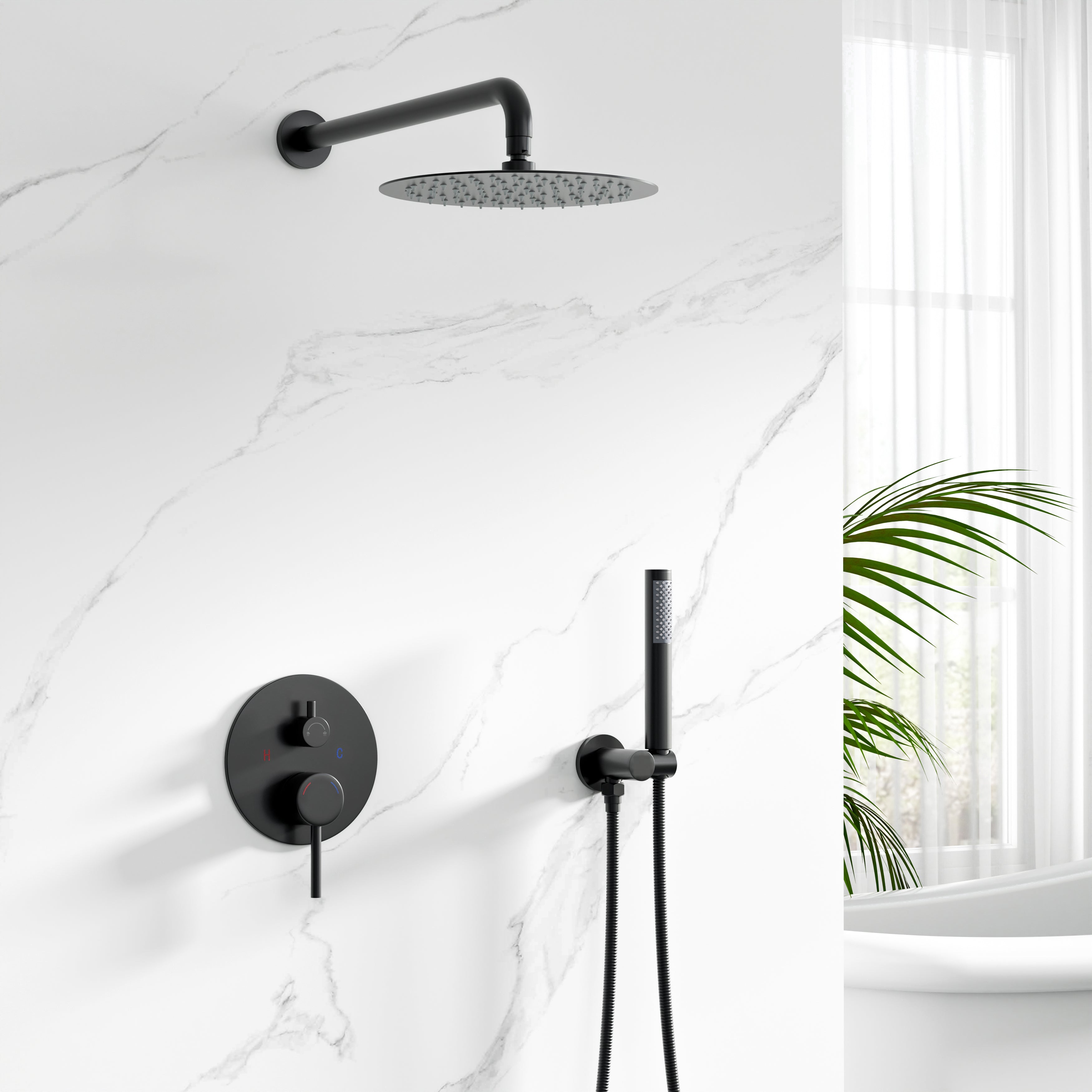
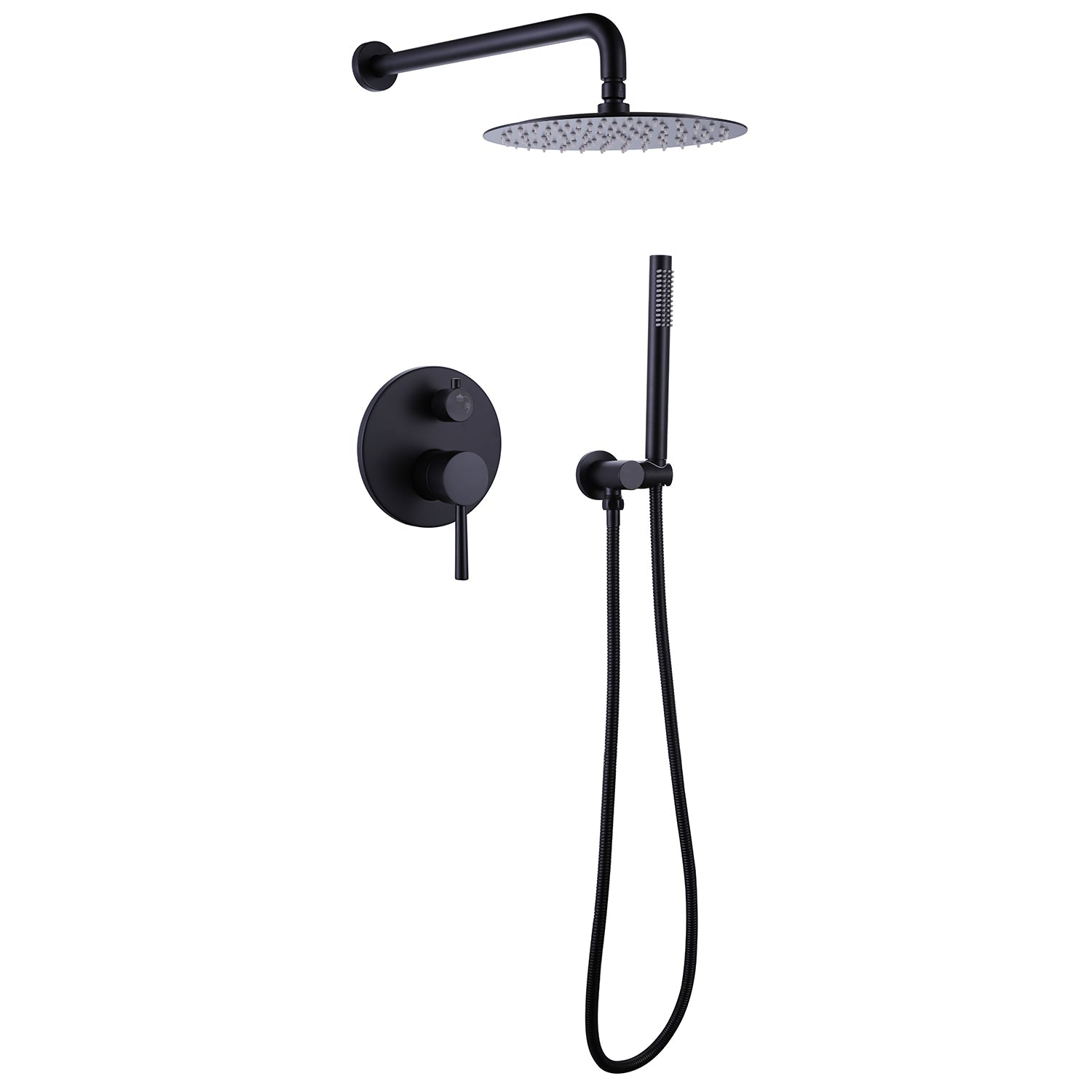


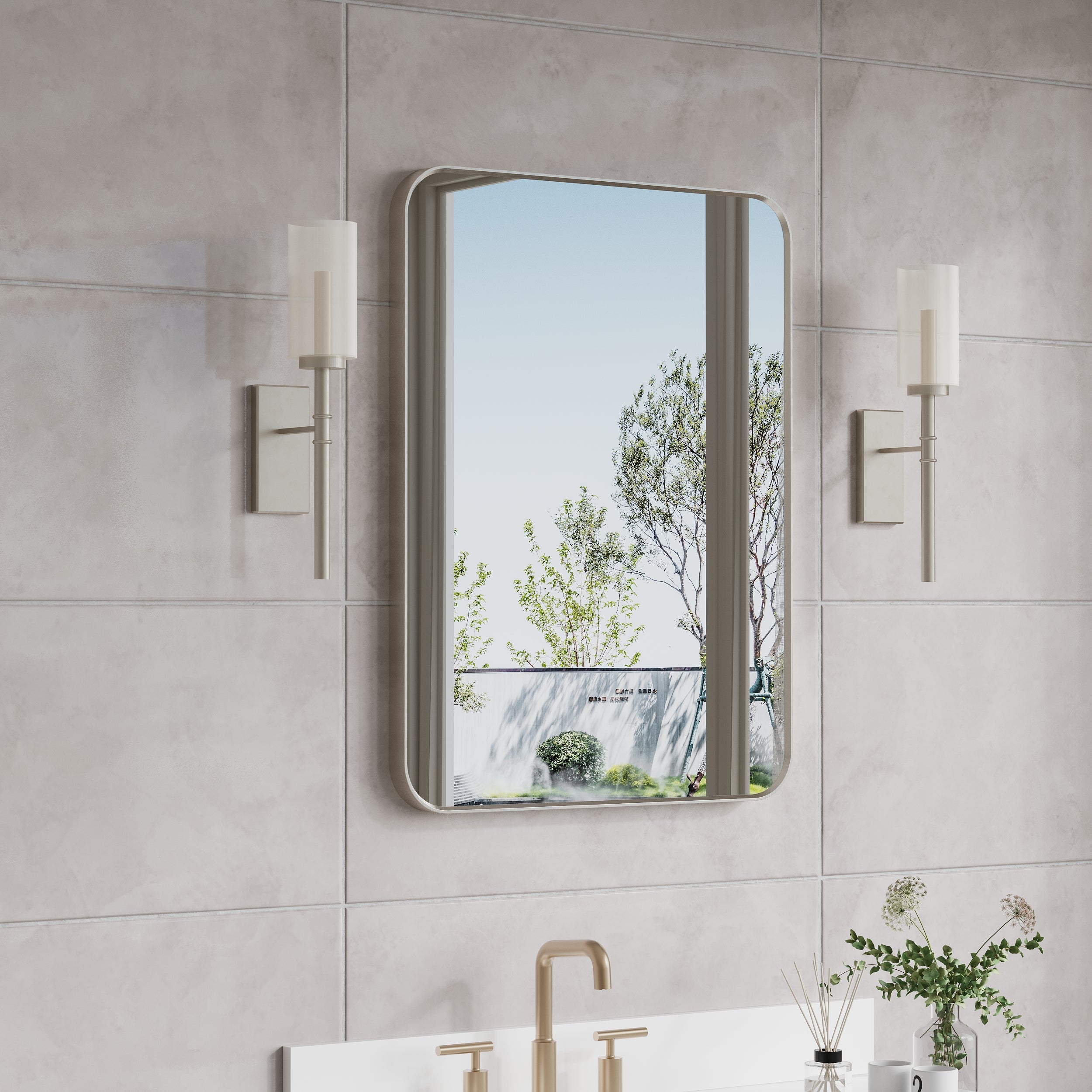
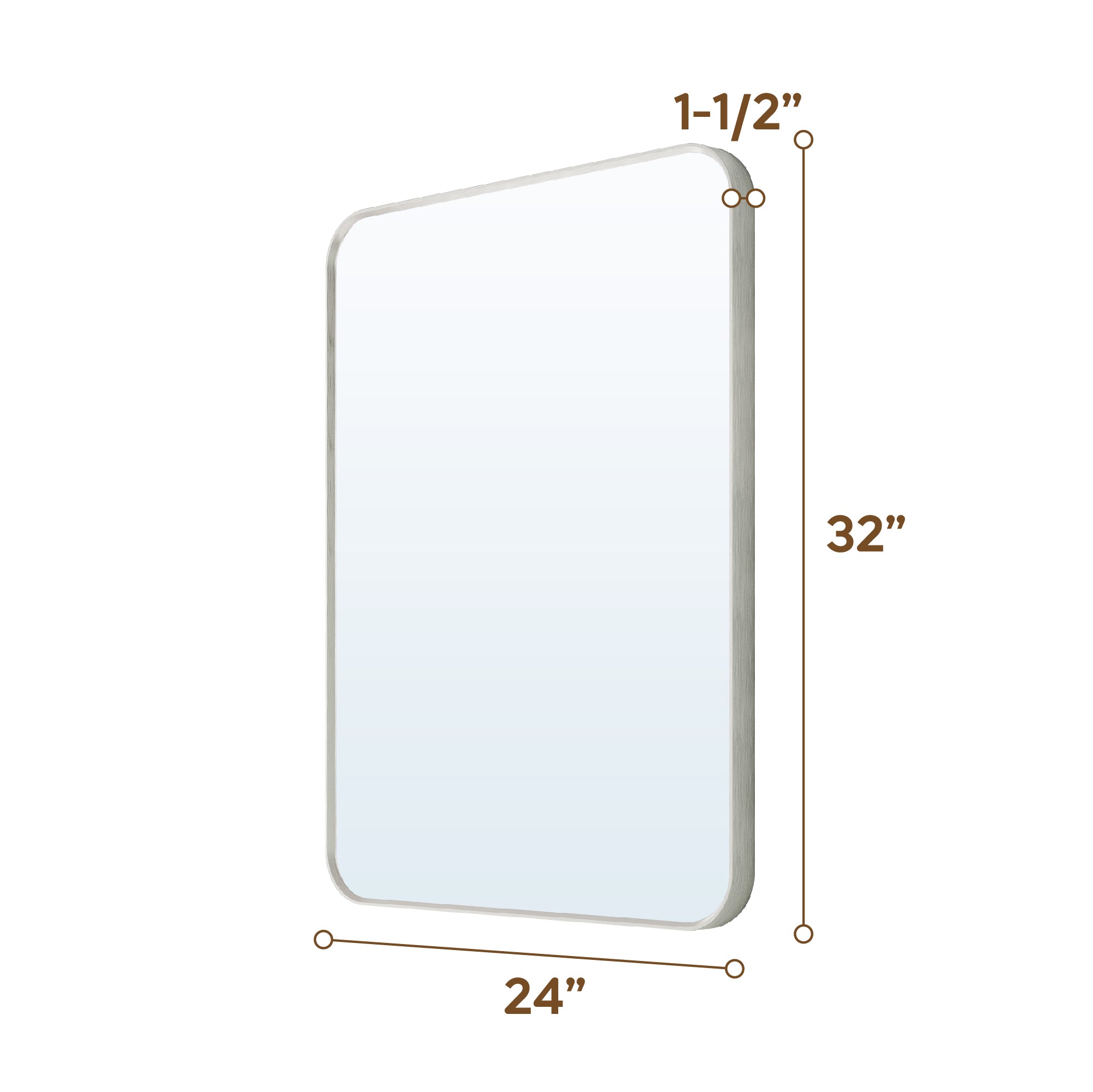



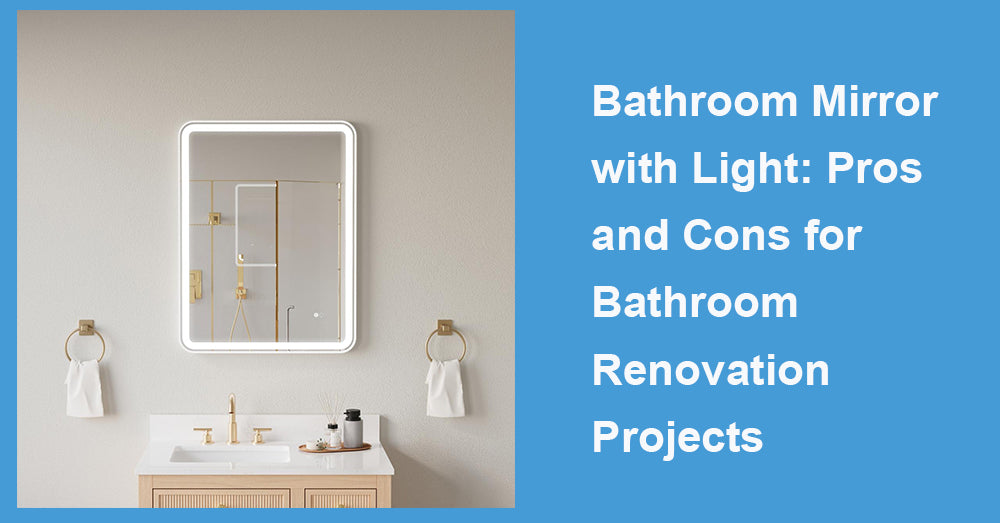
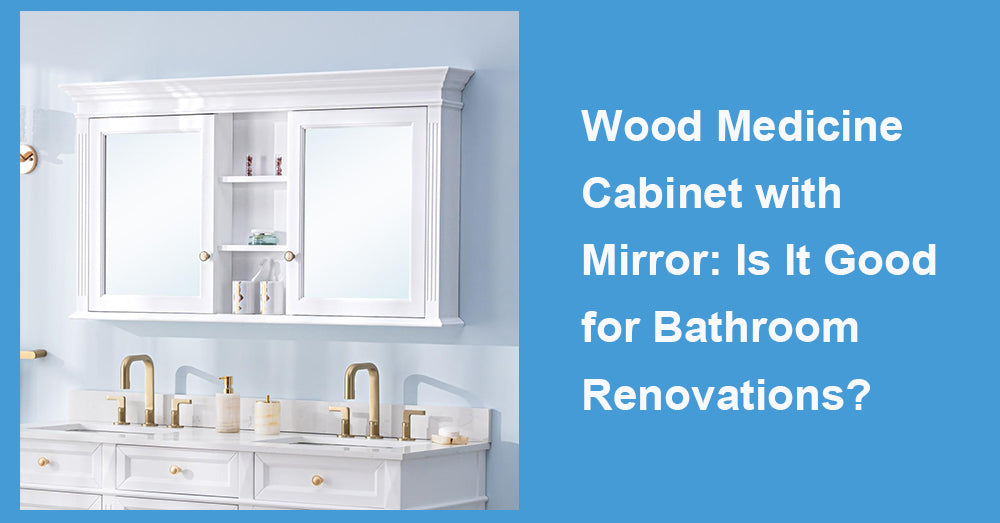
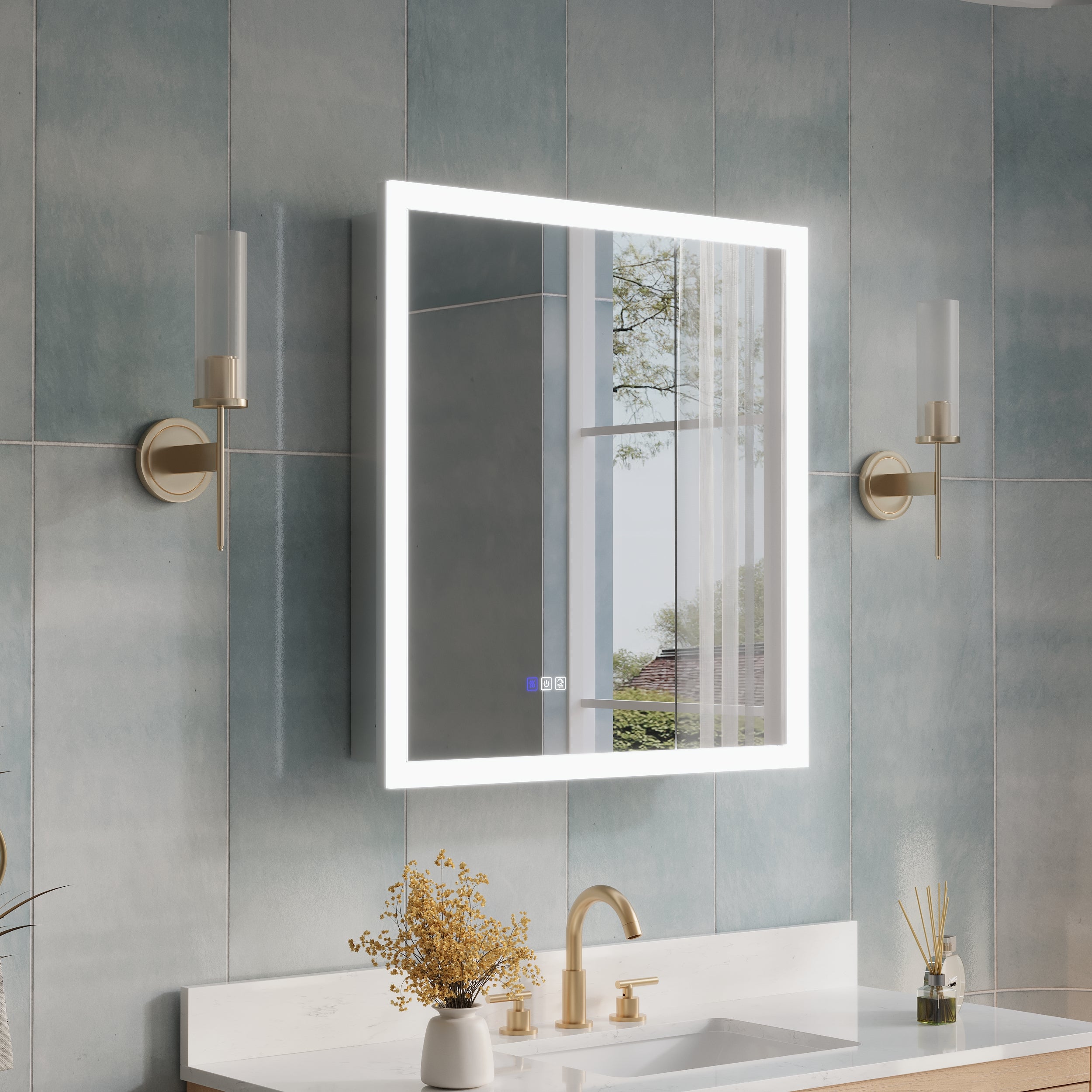
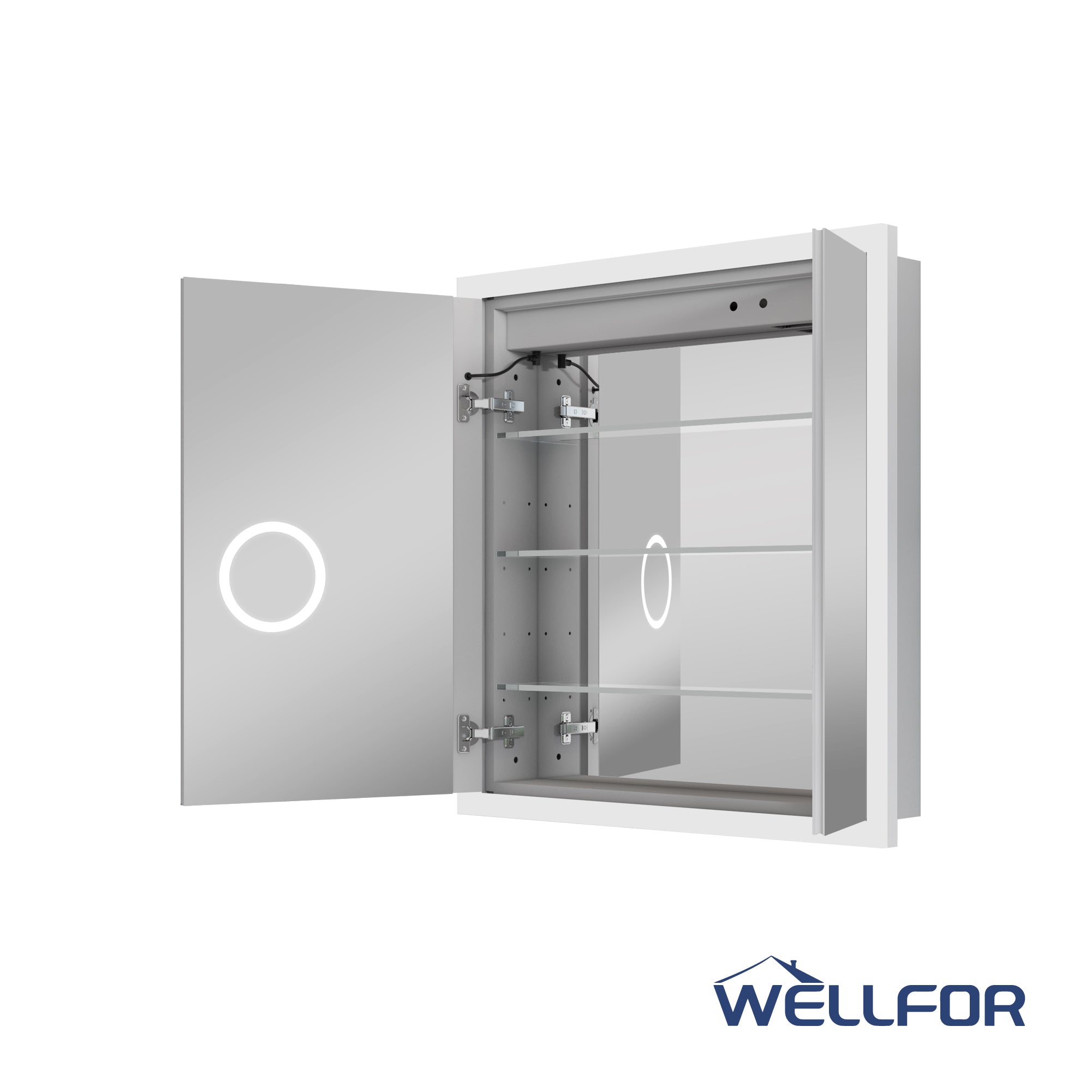
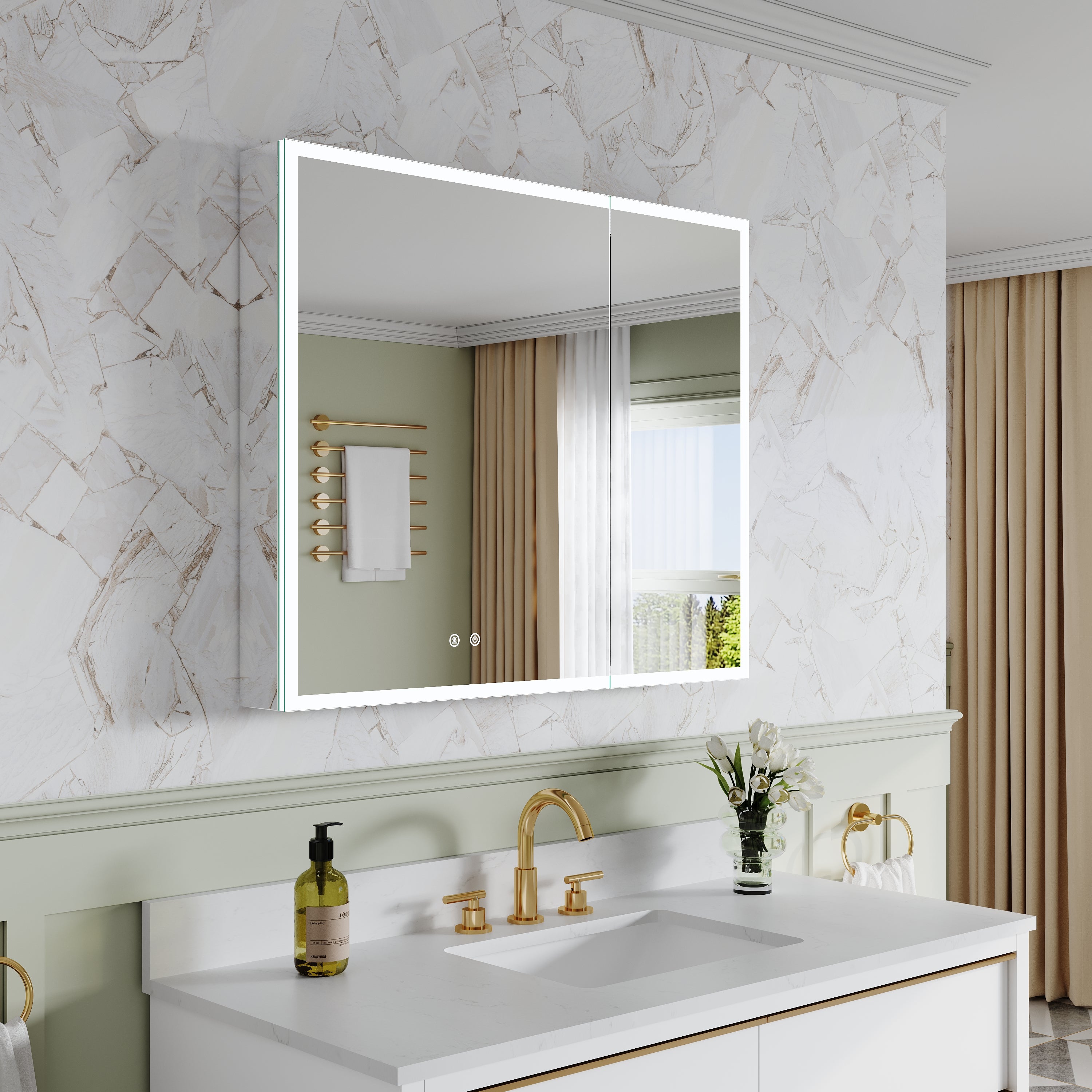
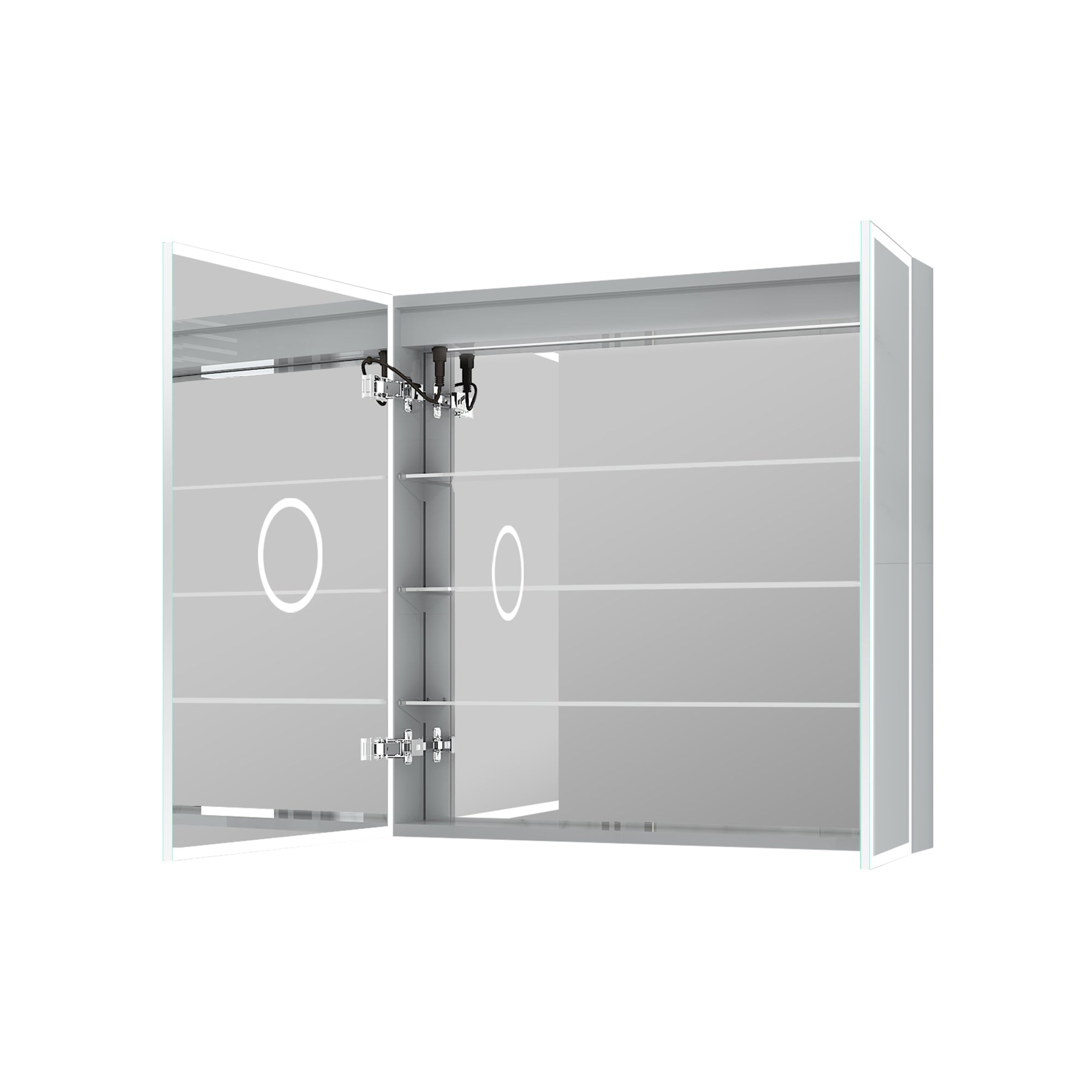
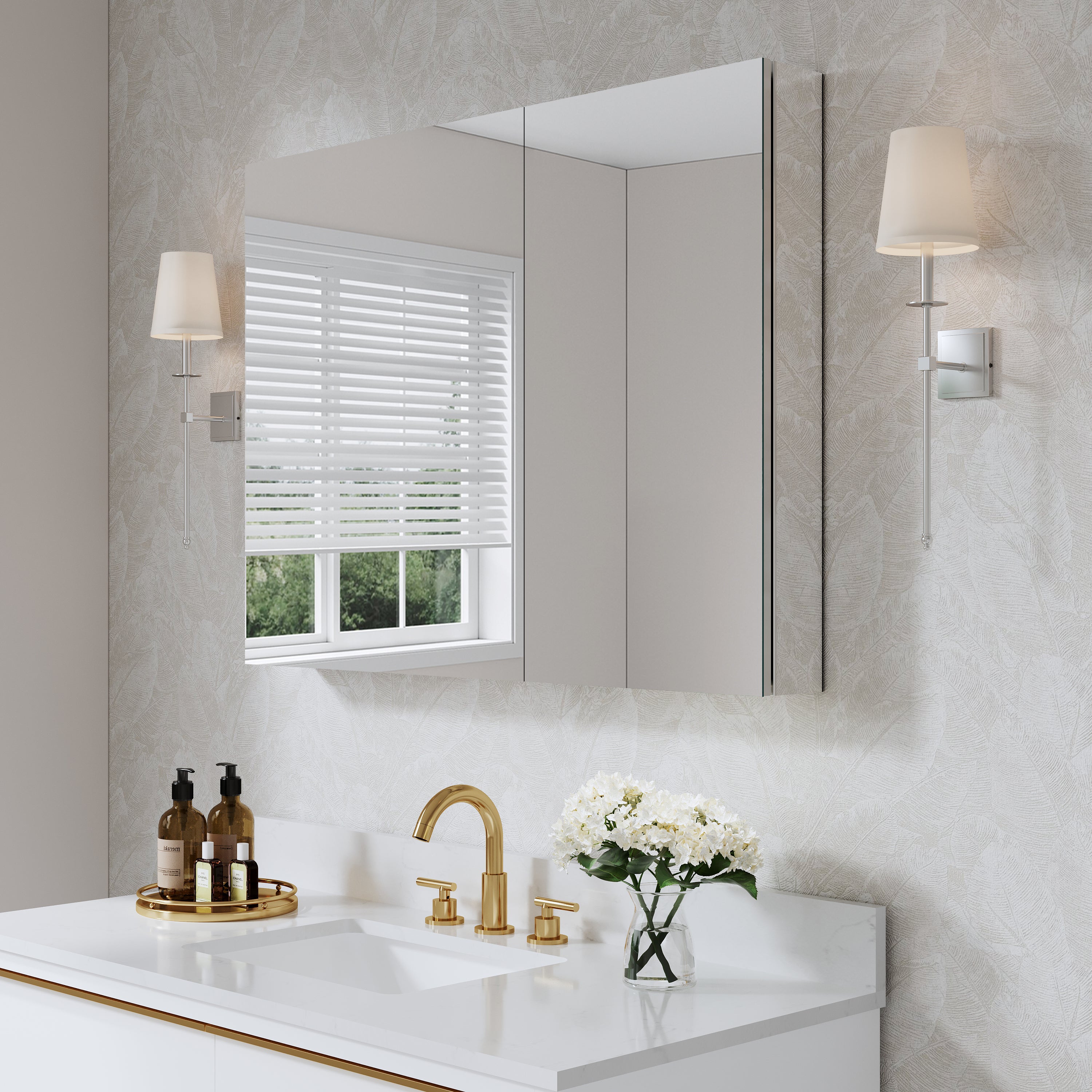

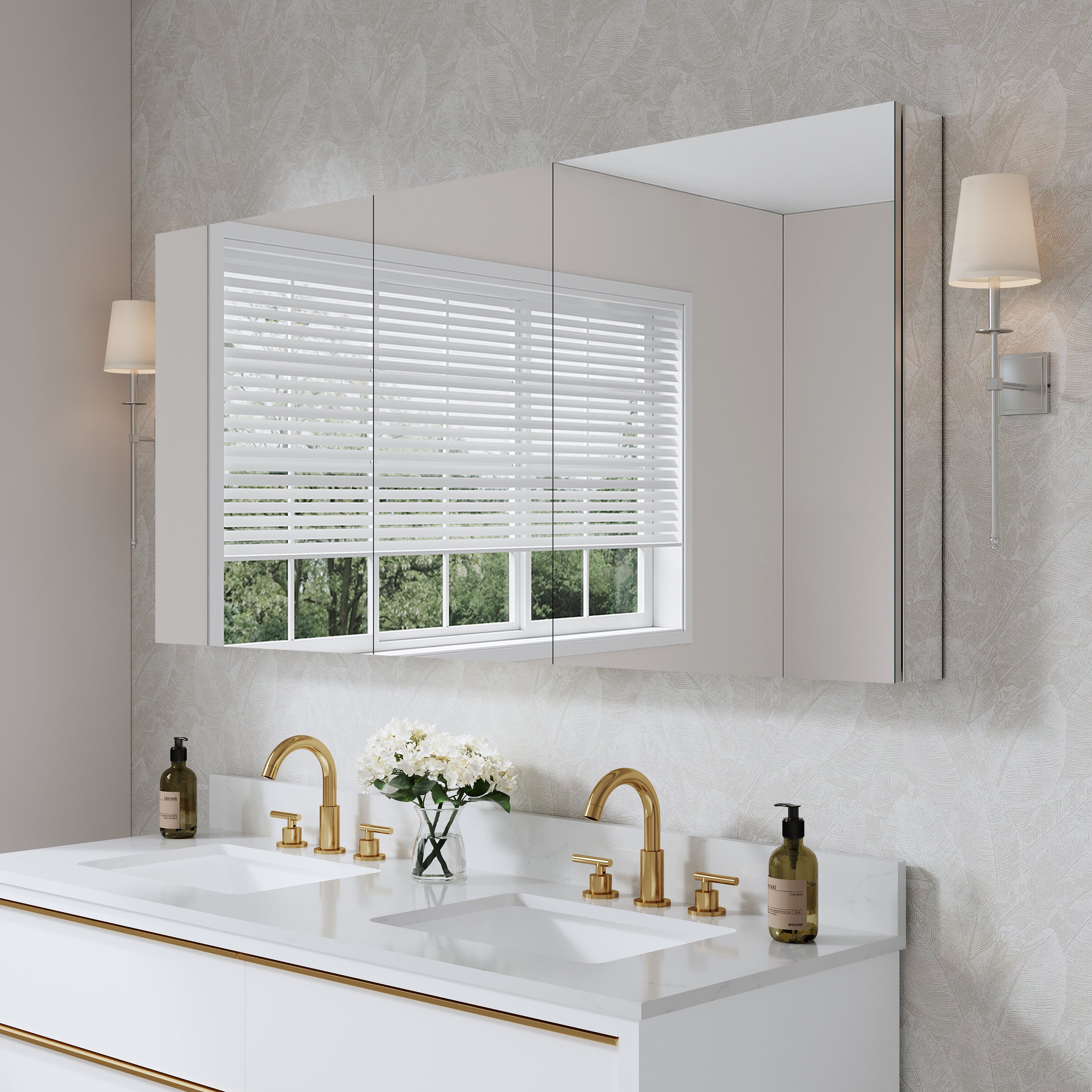

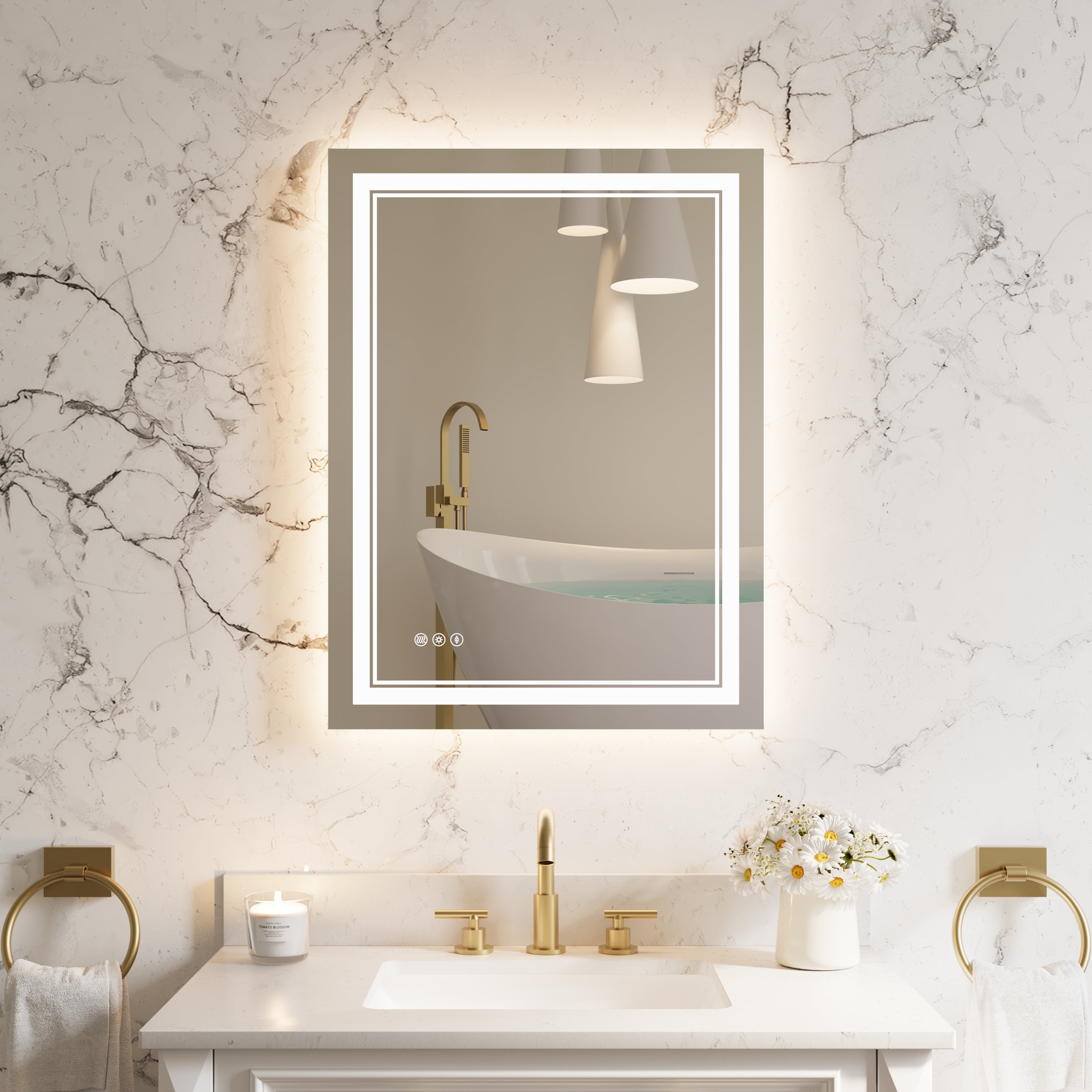
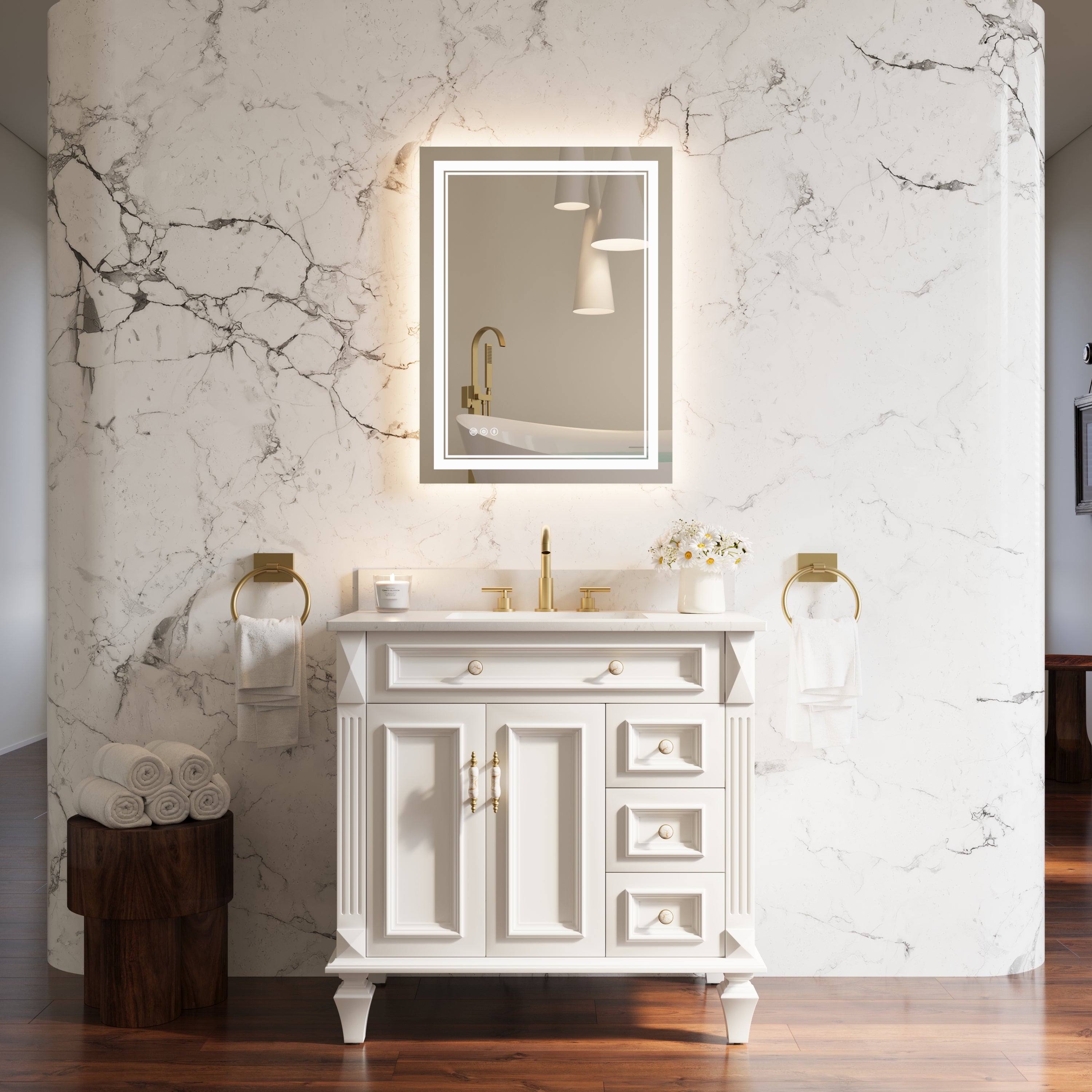
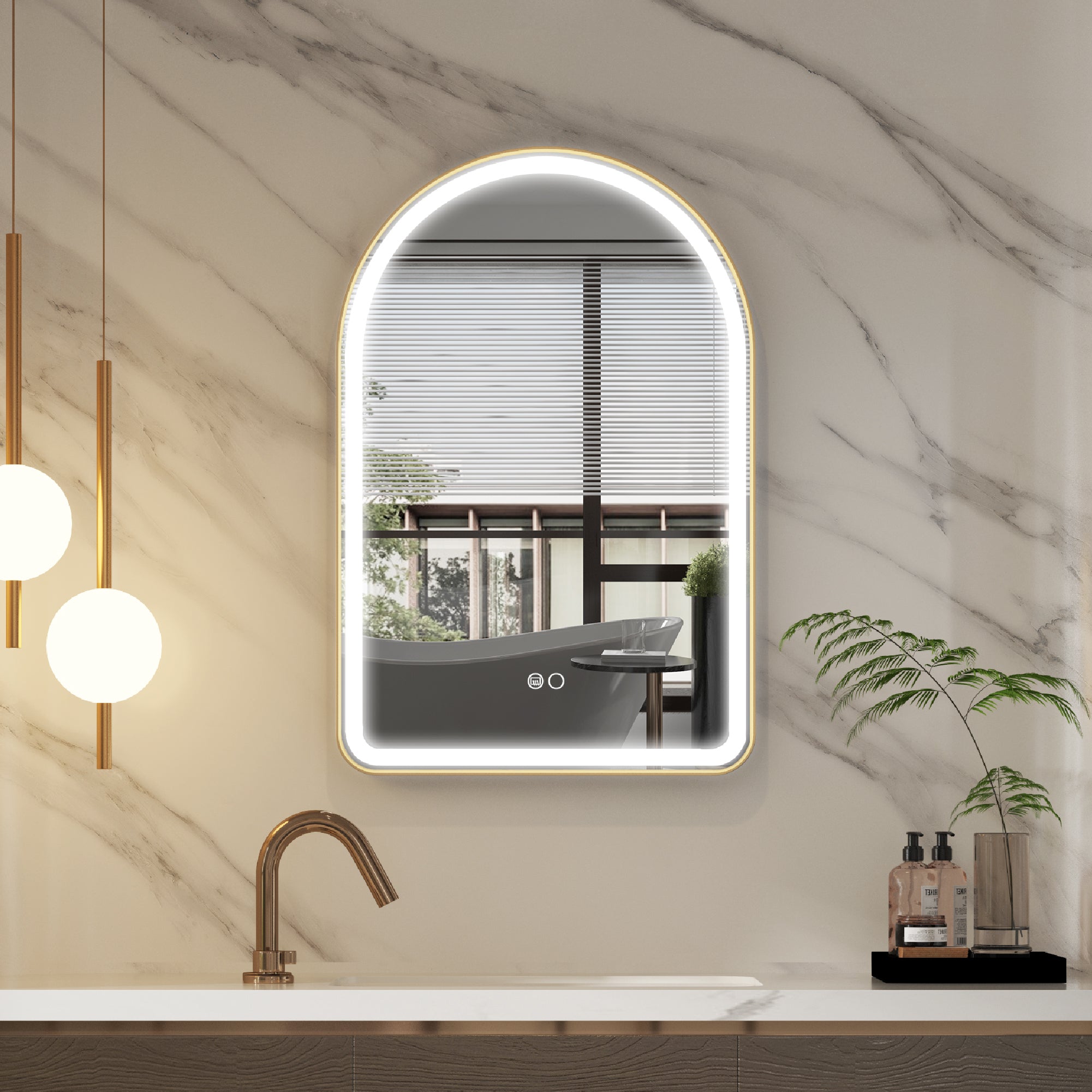
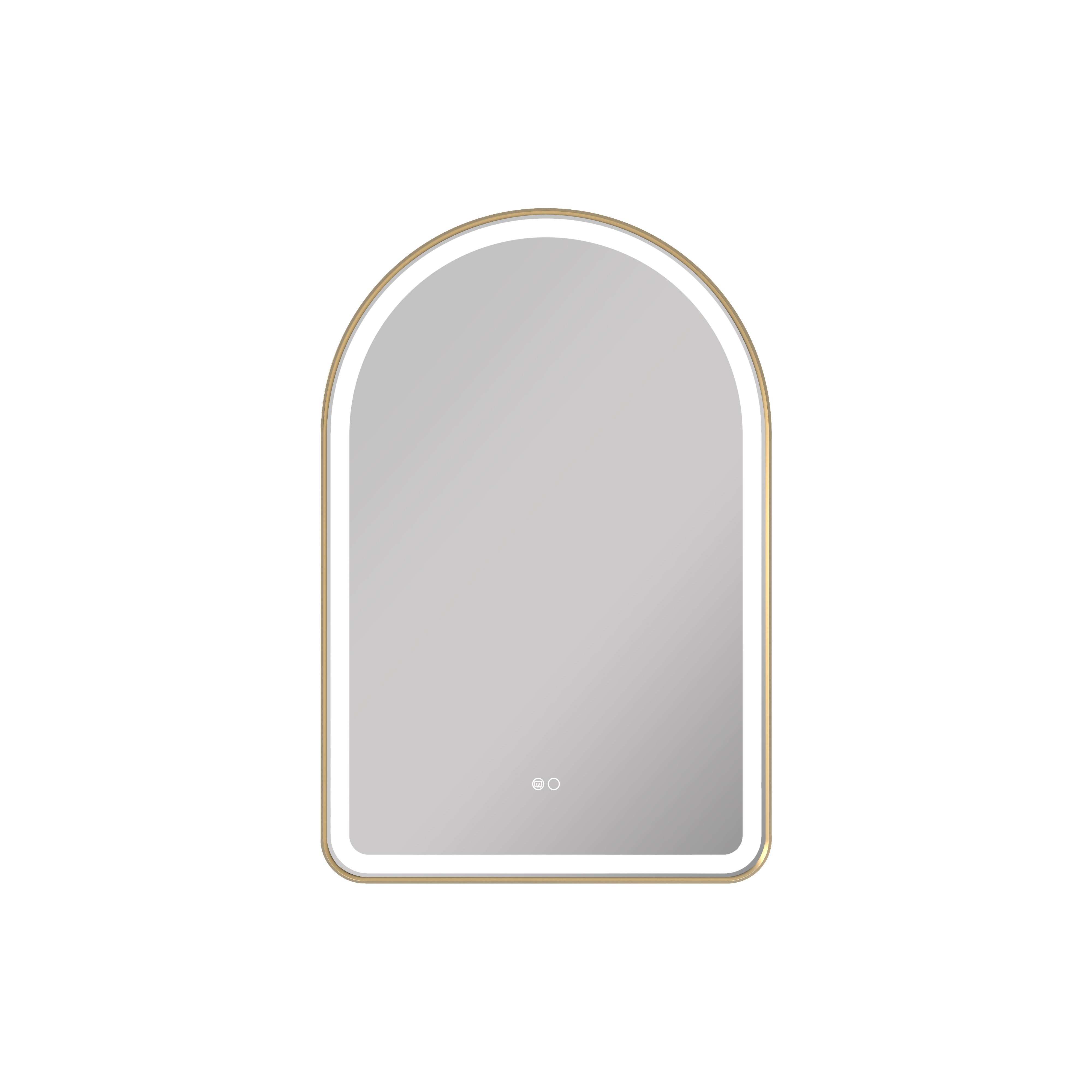
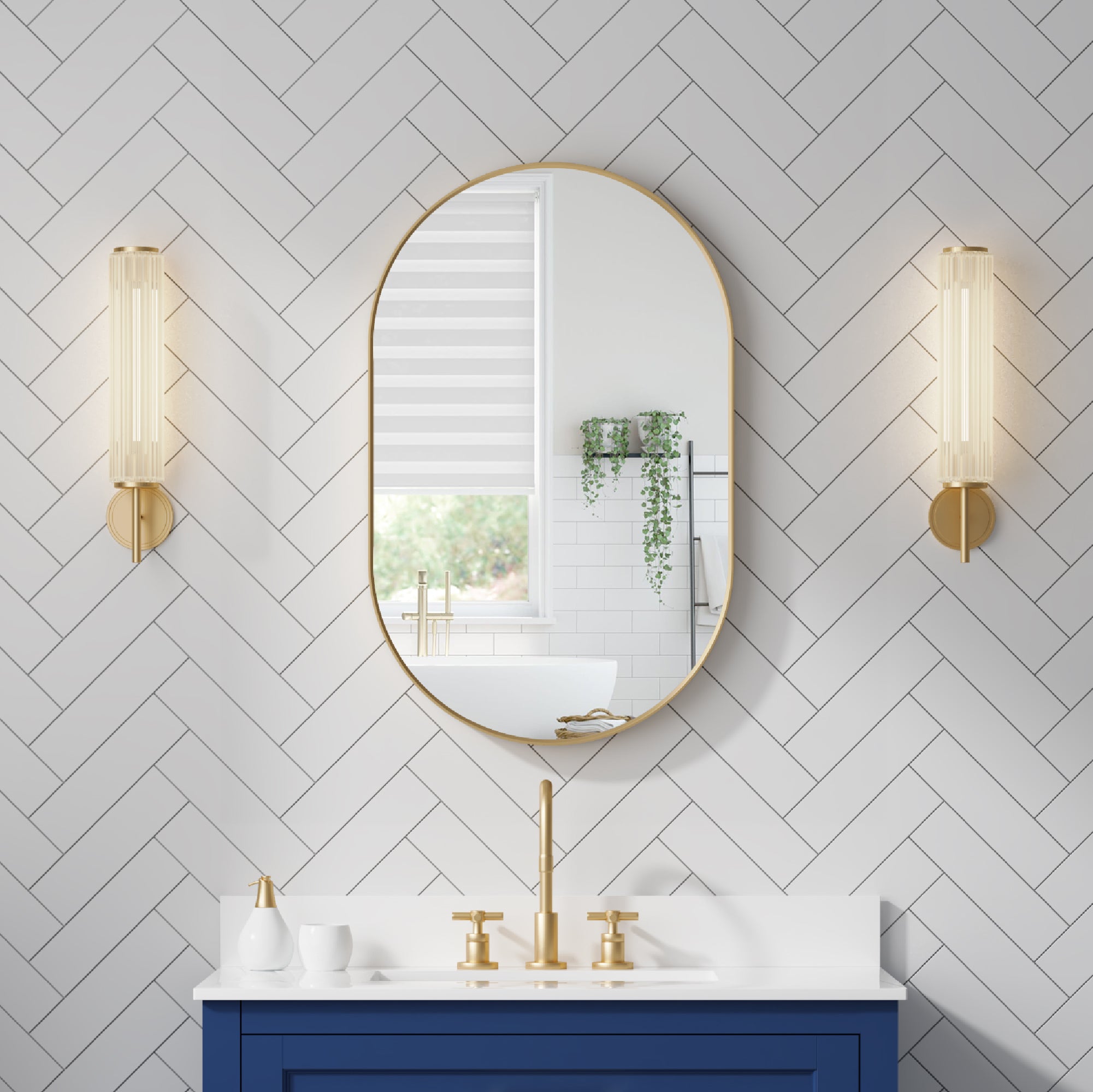
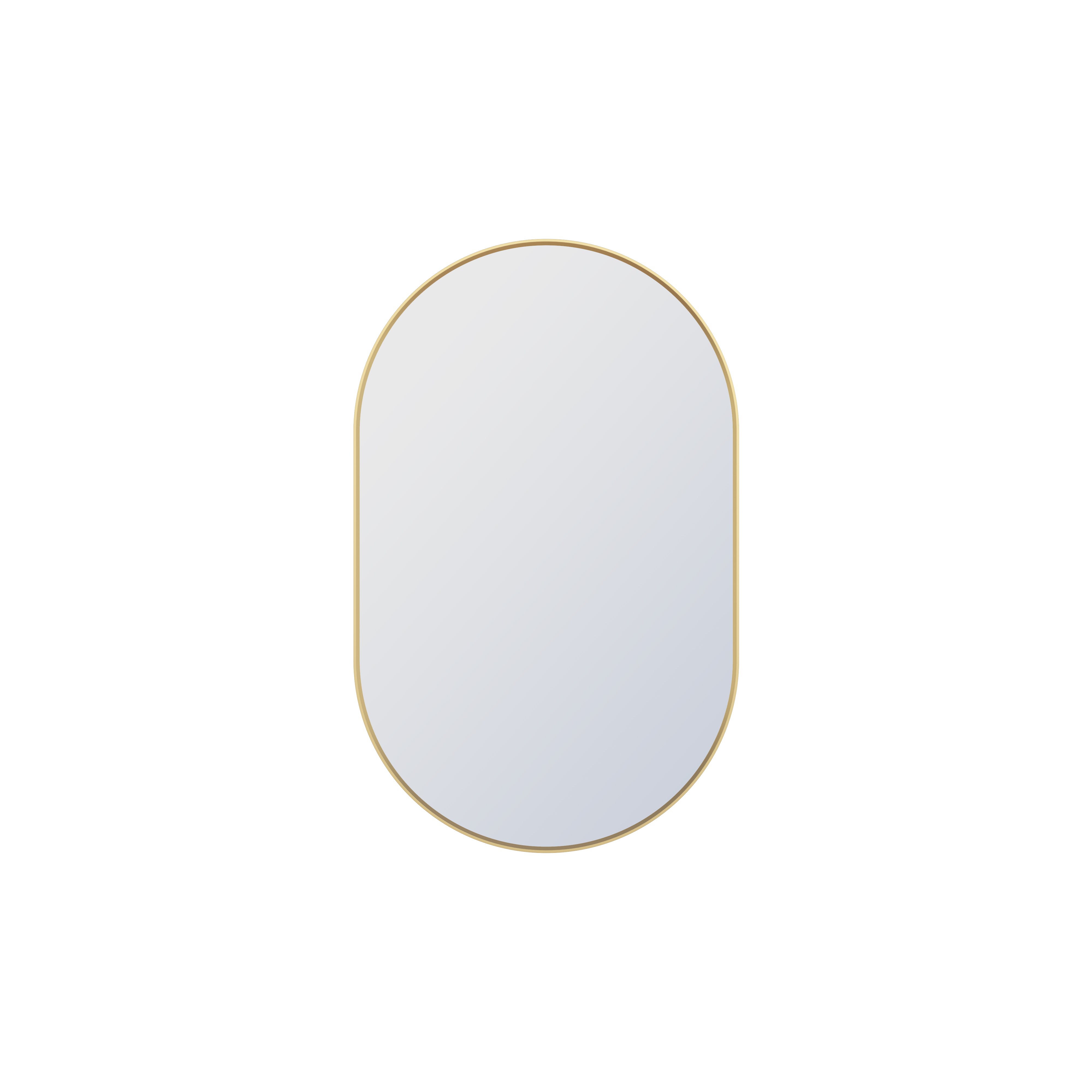


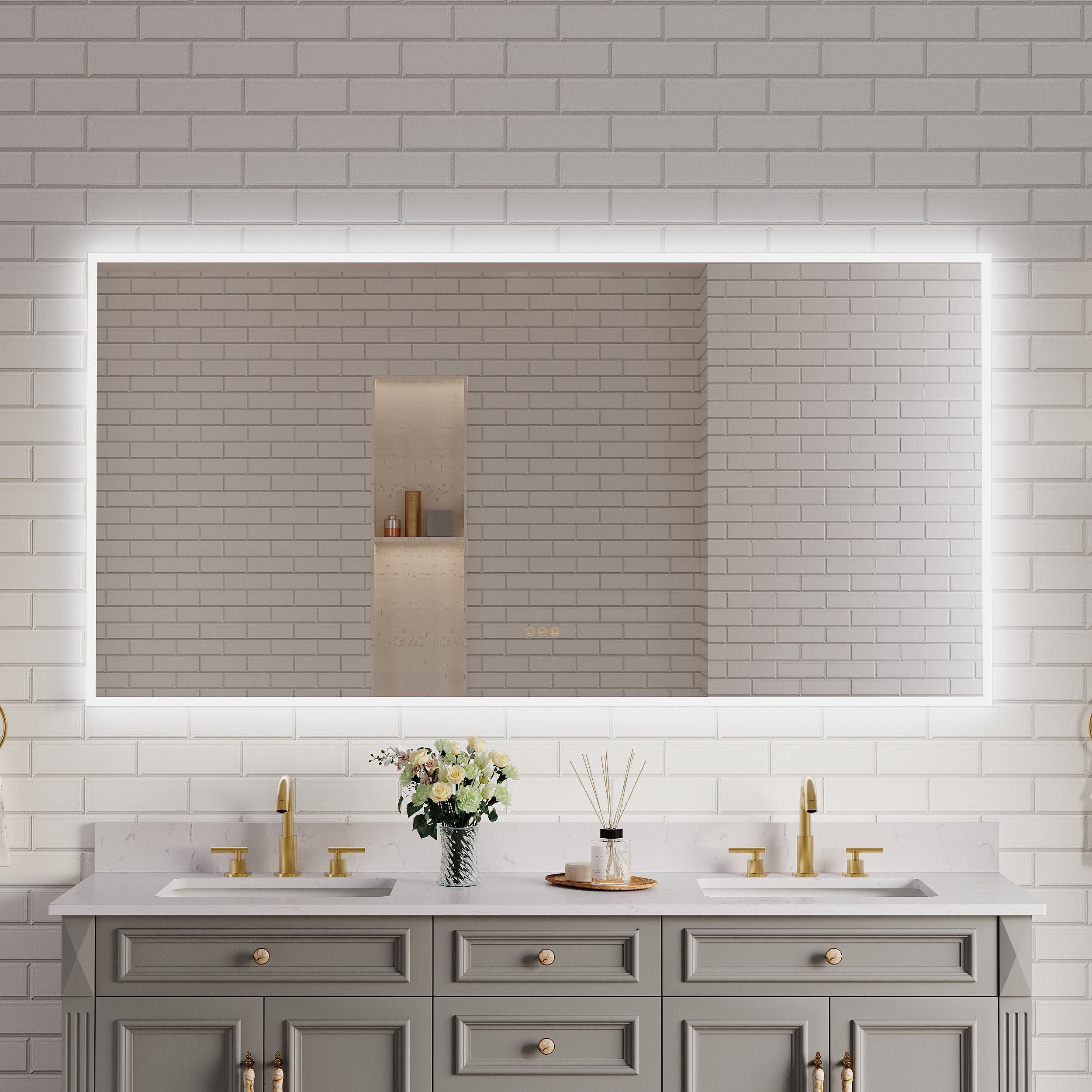





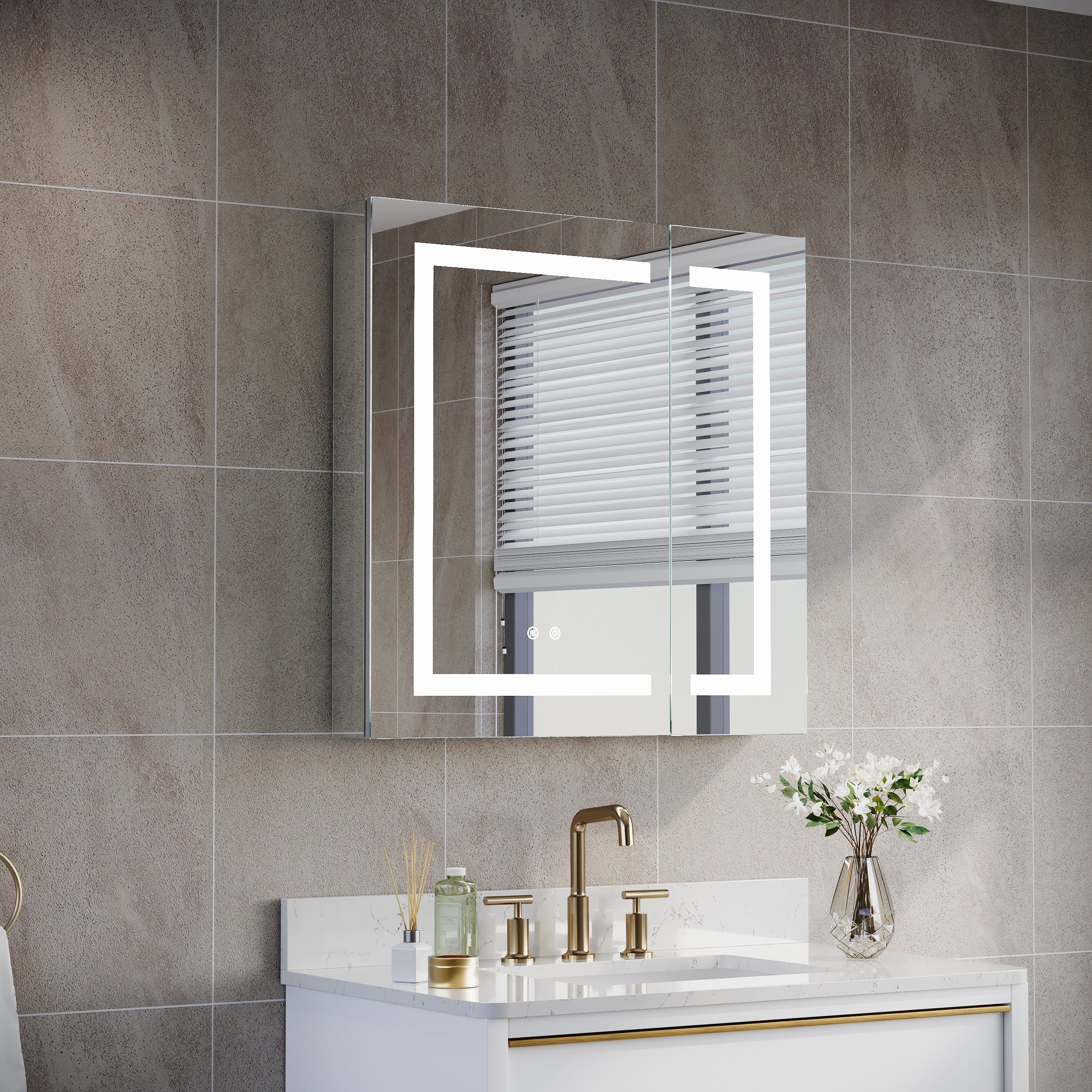
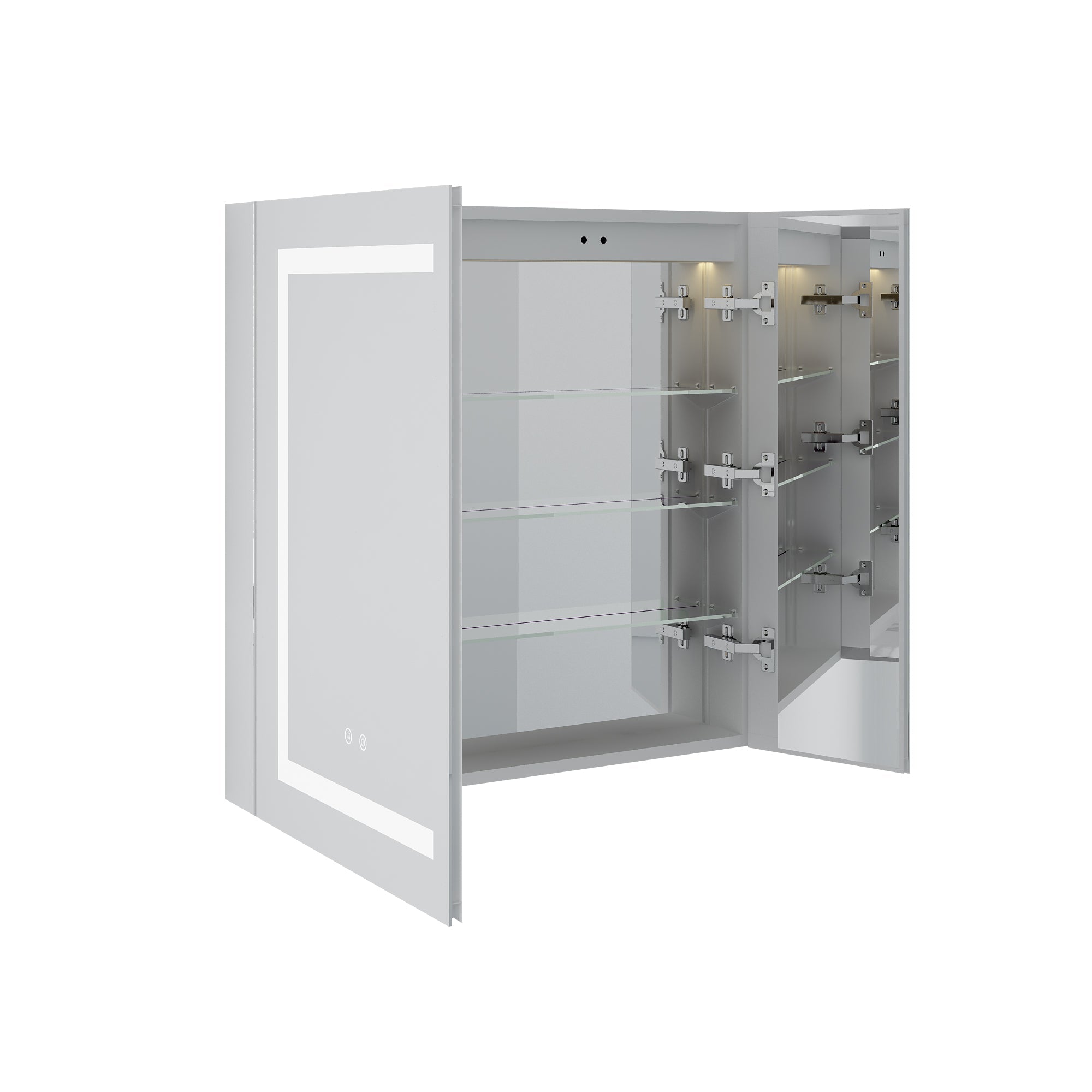




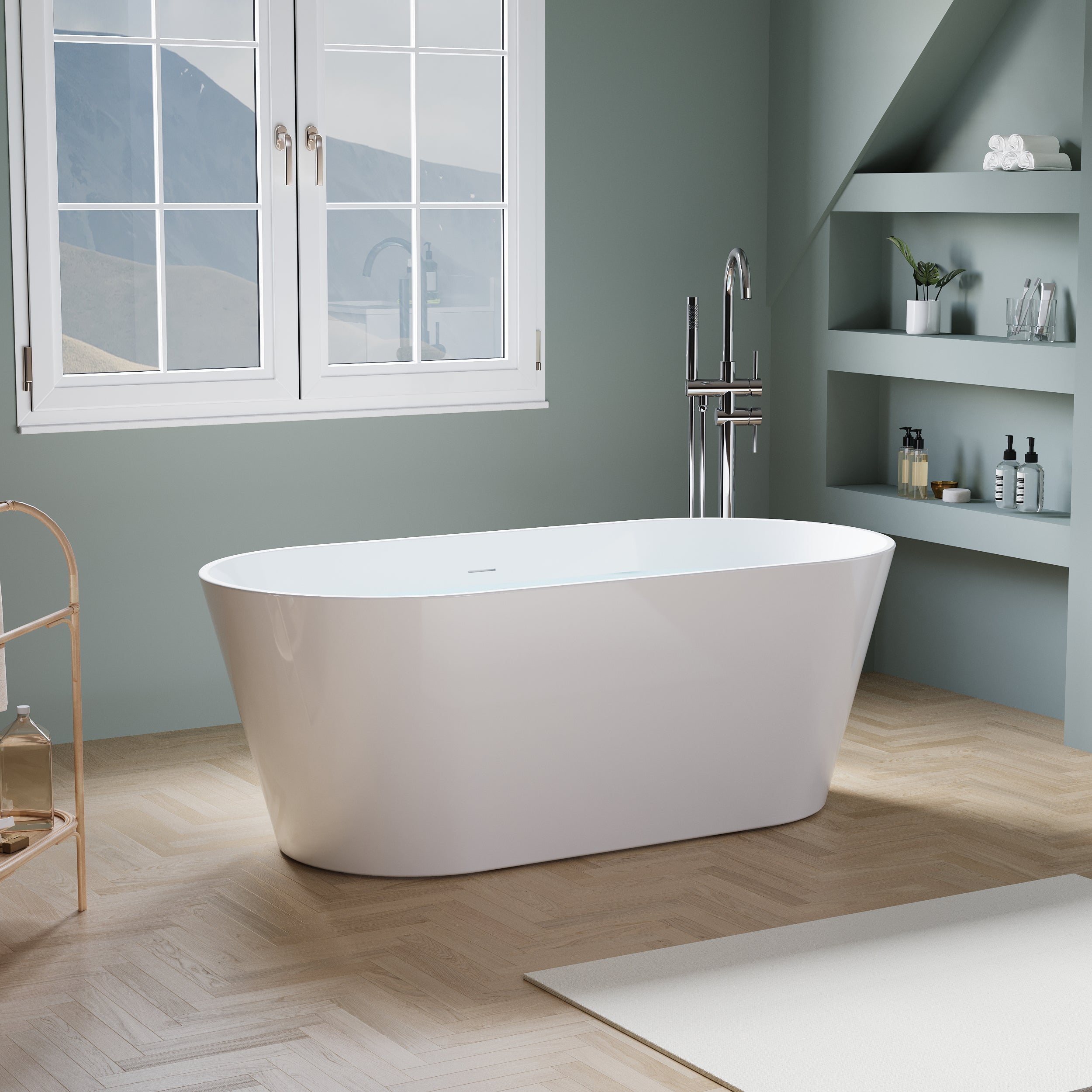
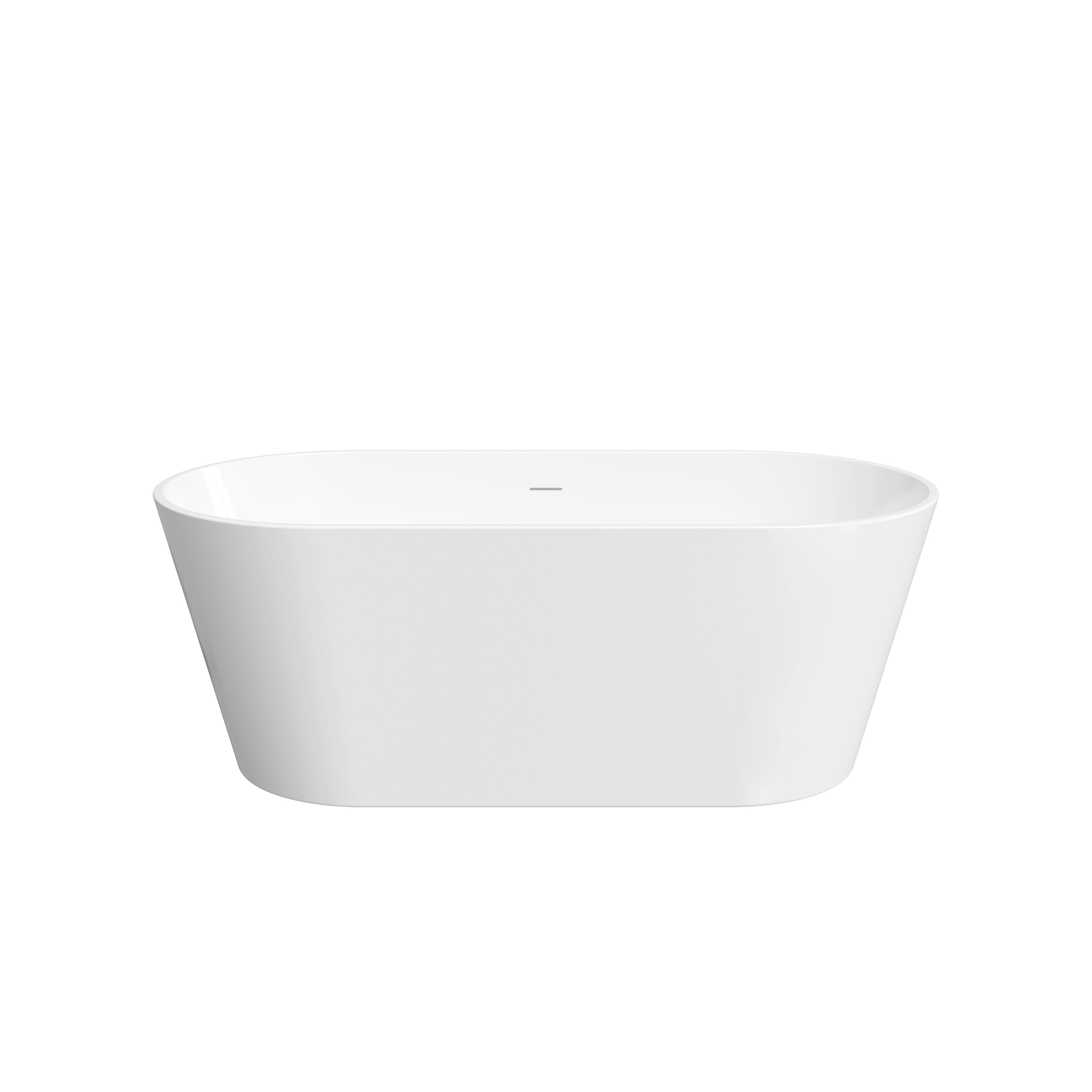


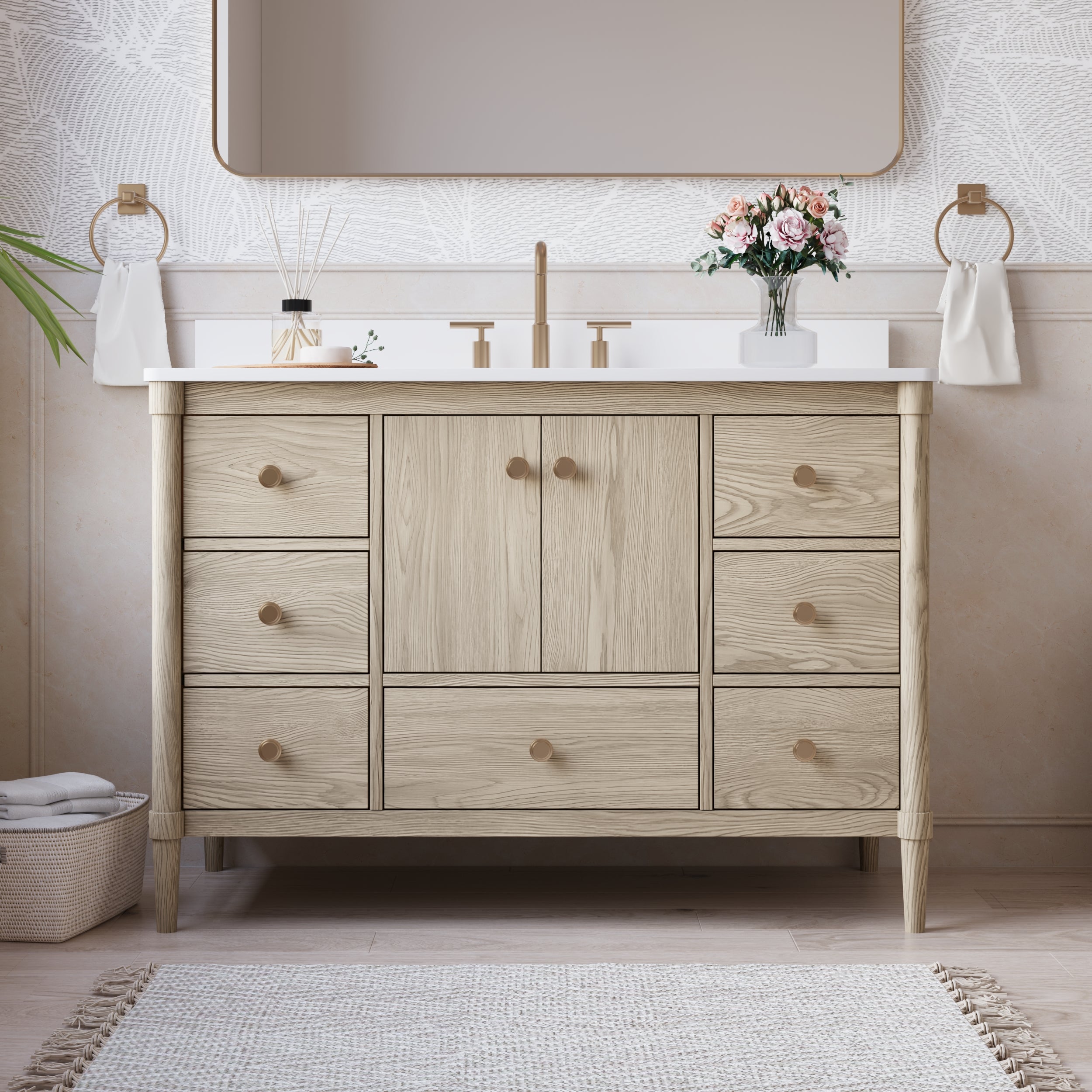
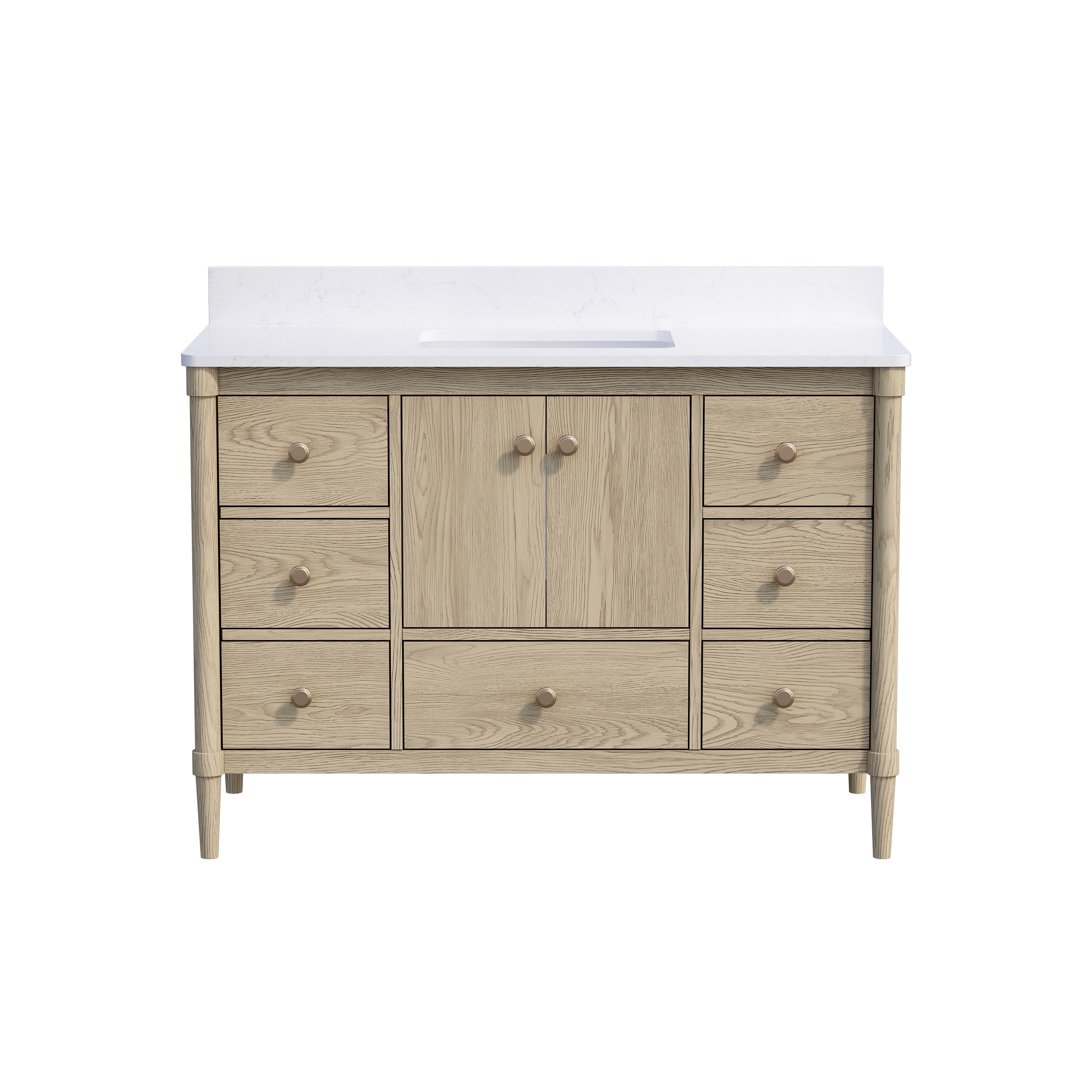
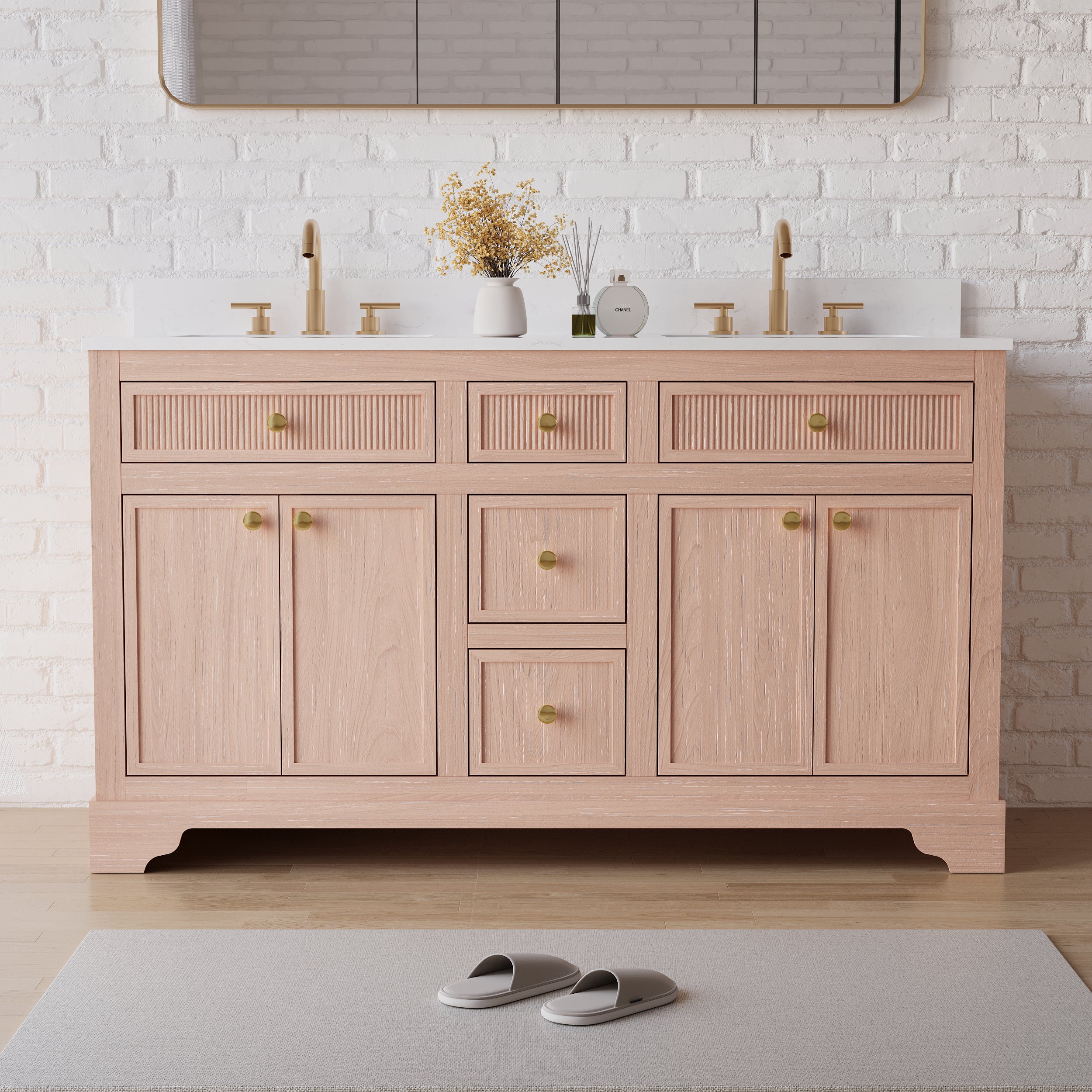
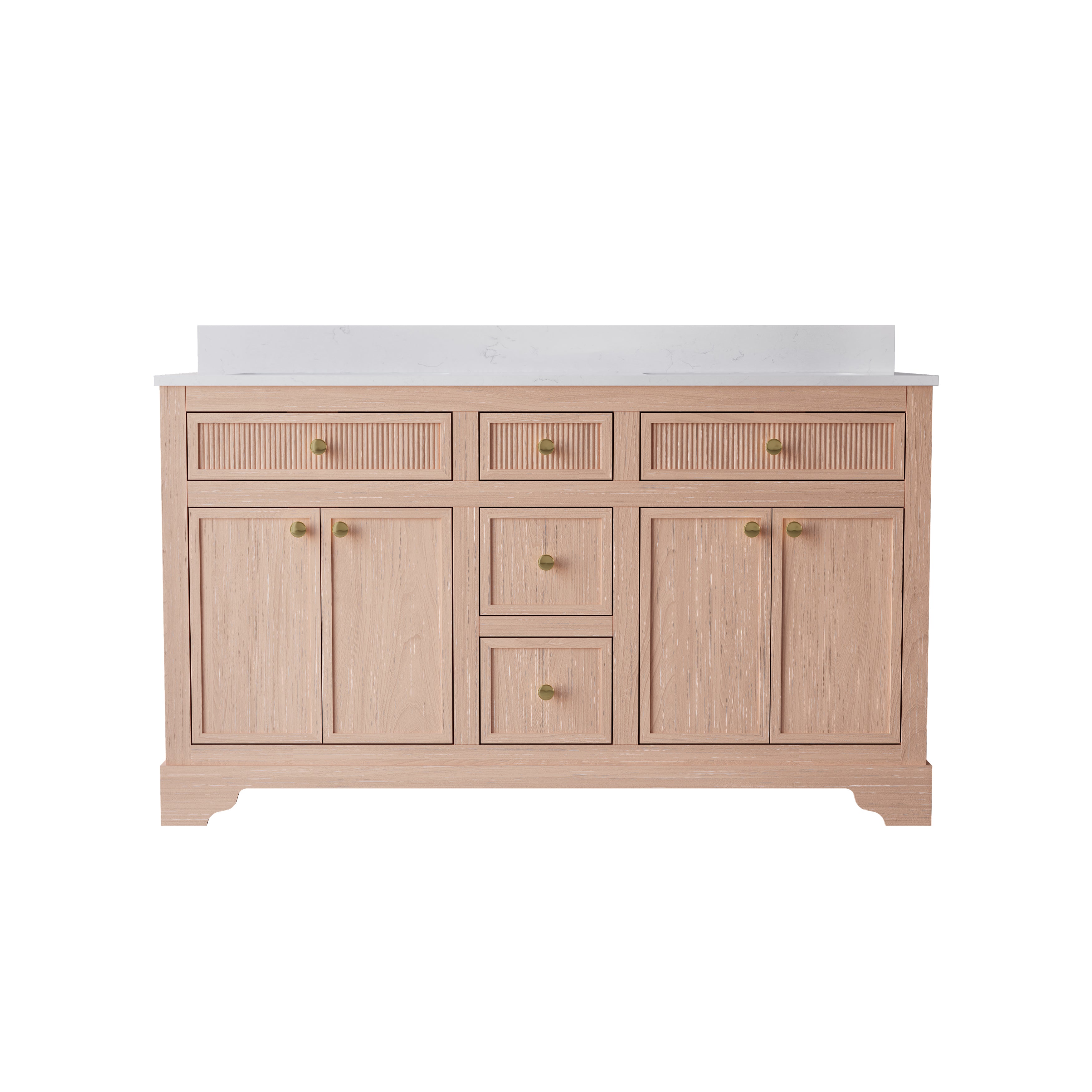
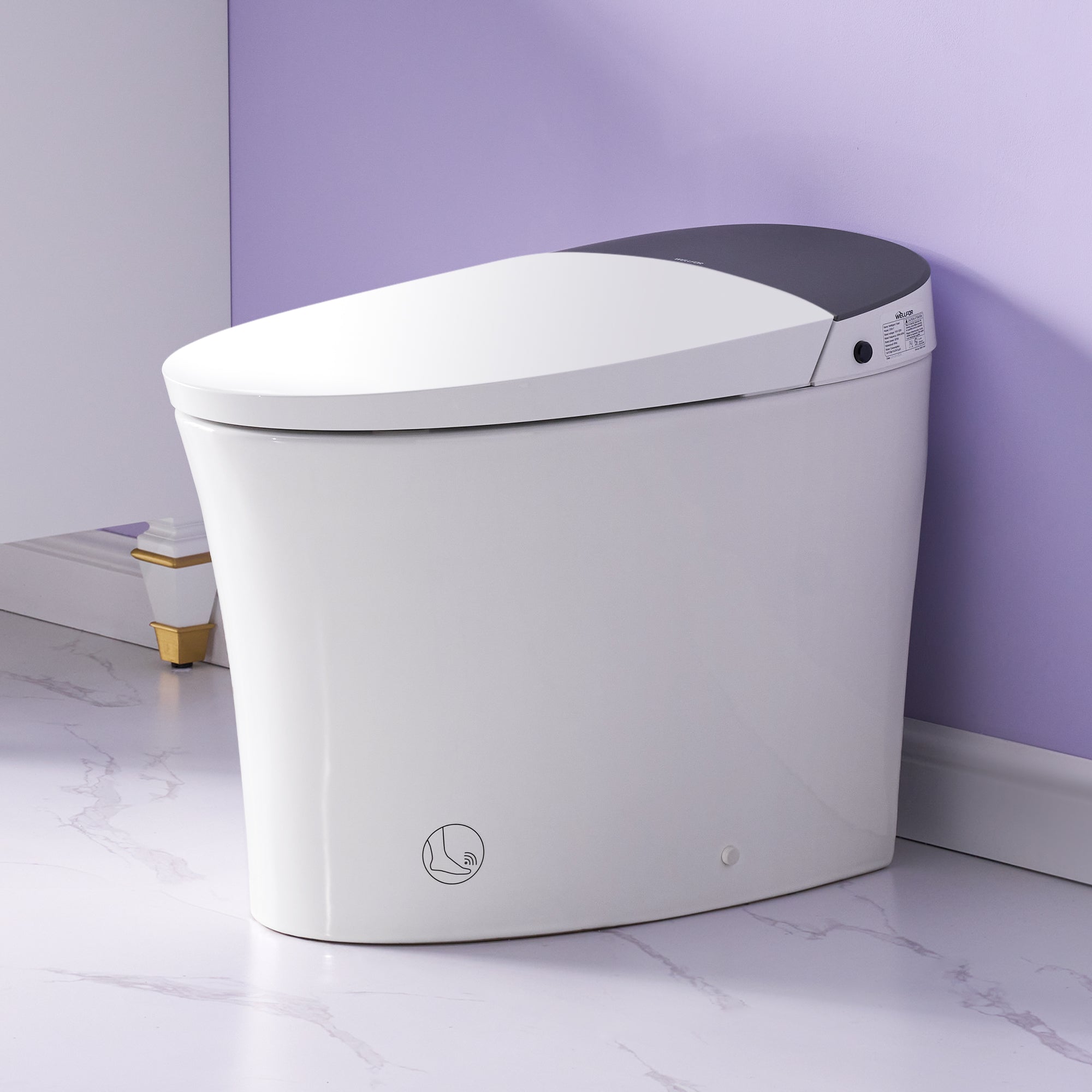
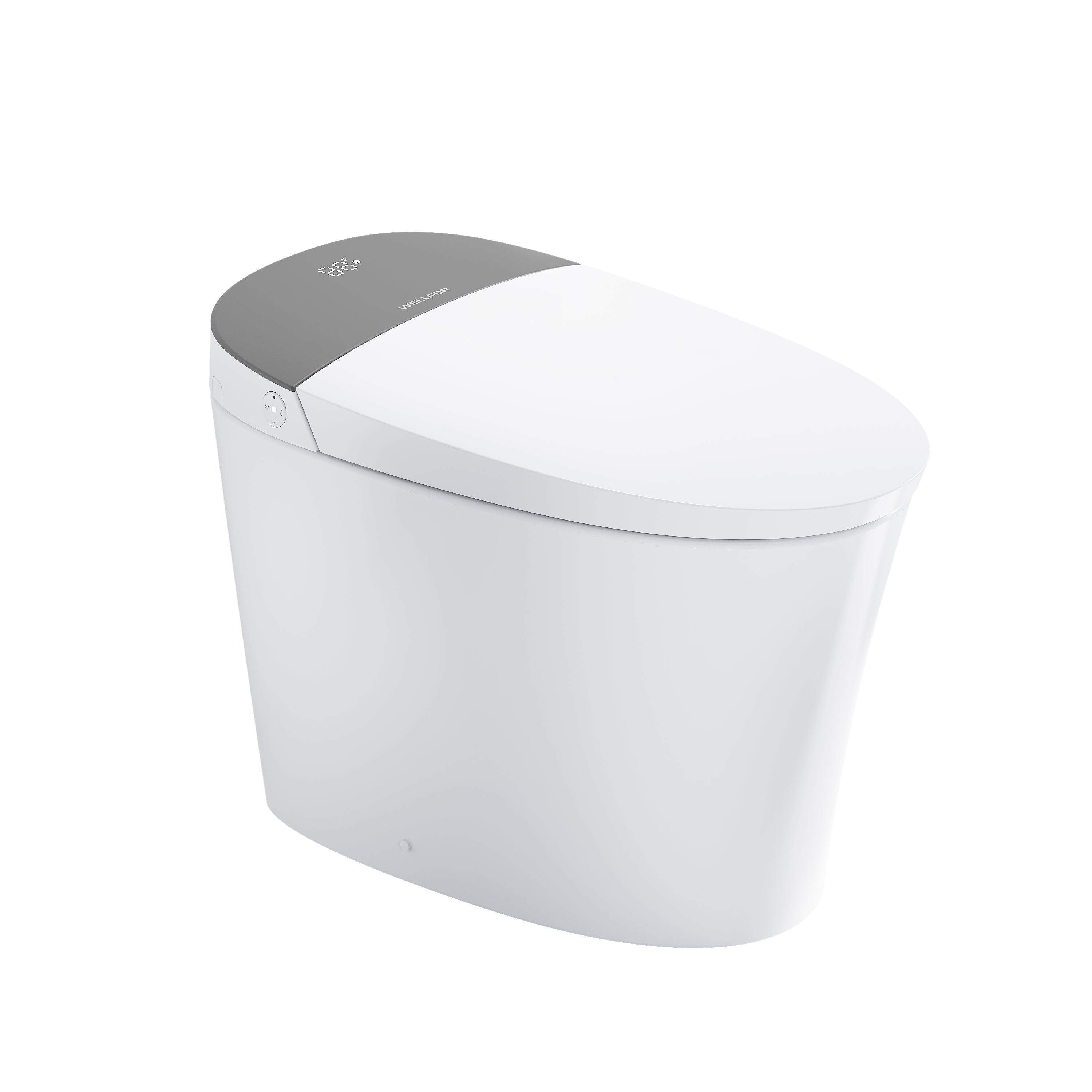
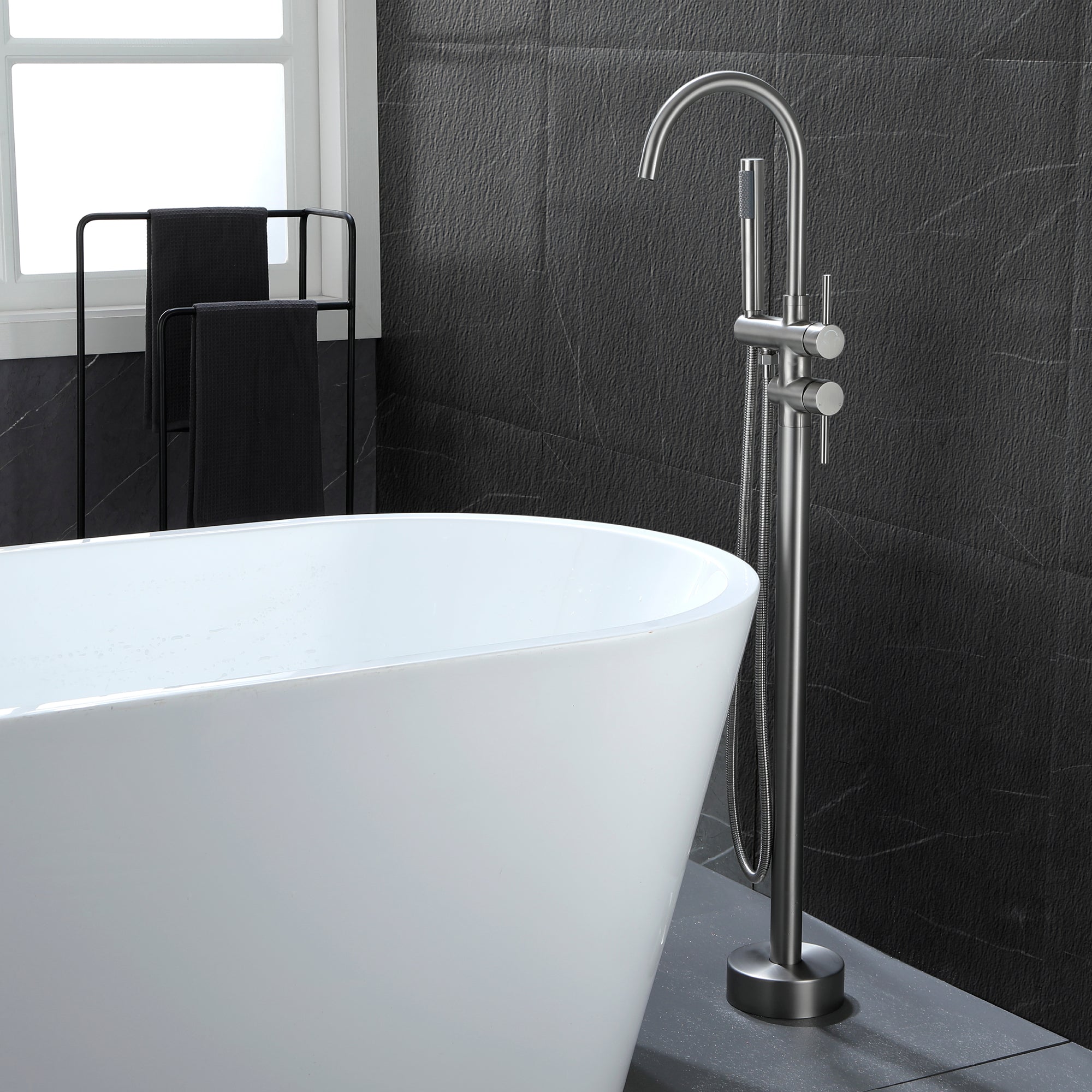

Leave a comment
This site is protected by hCaptcha and the hCaptcha Privacy Policy and Terms of Service apply.